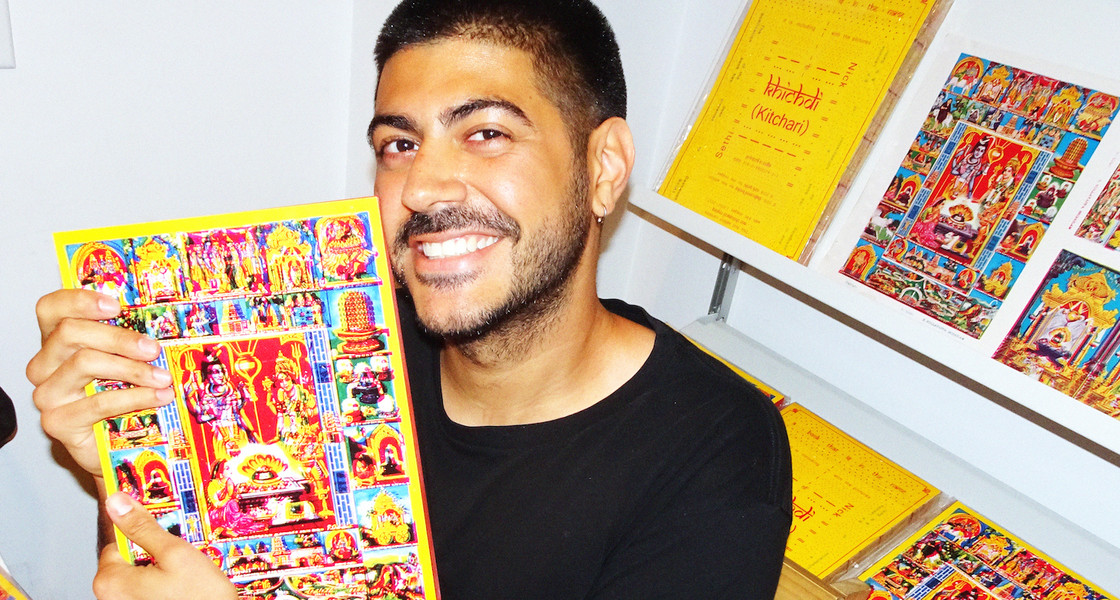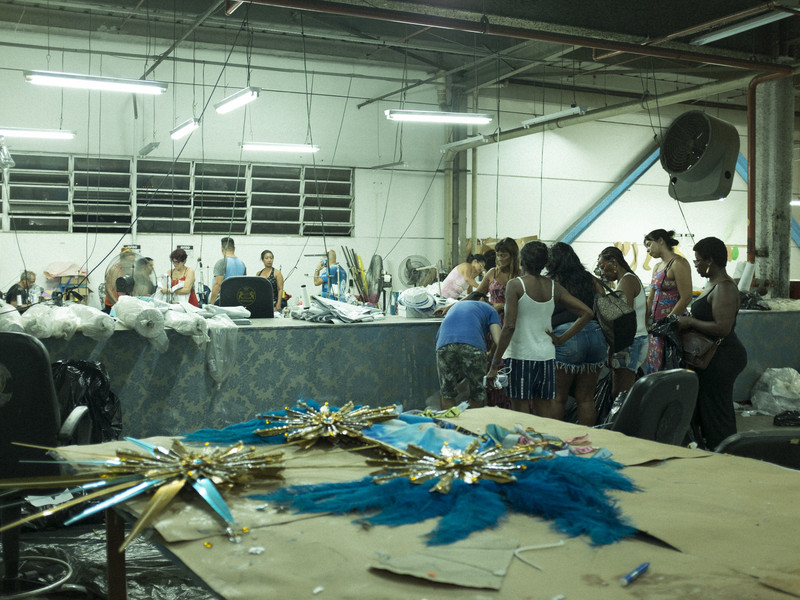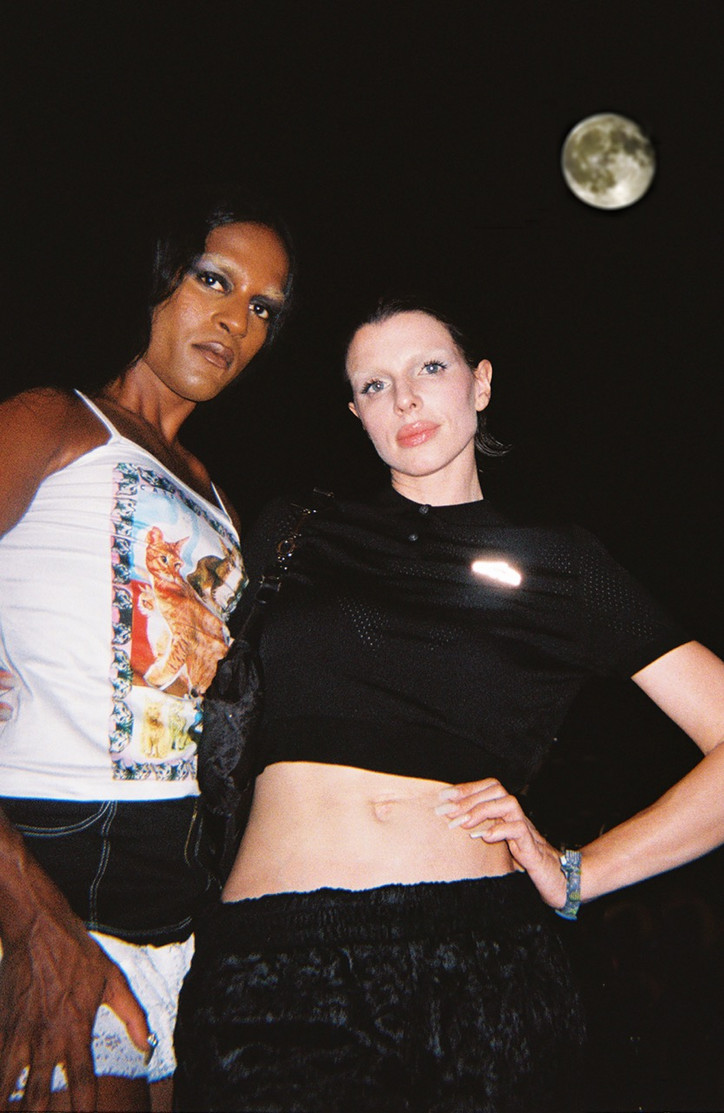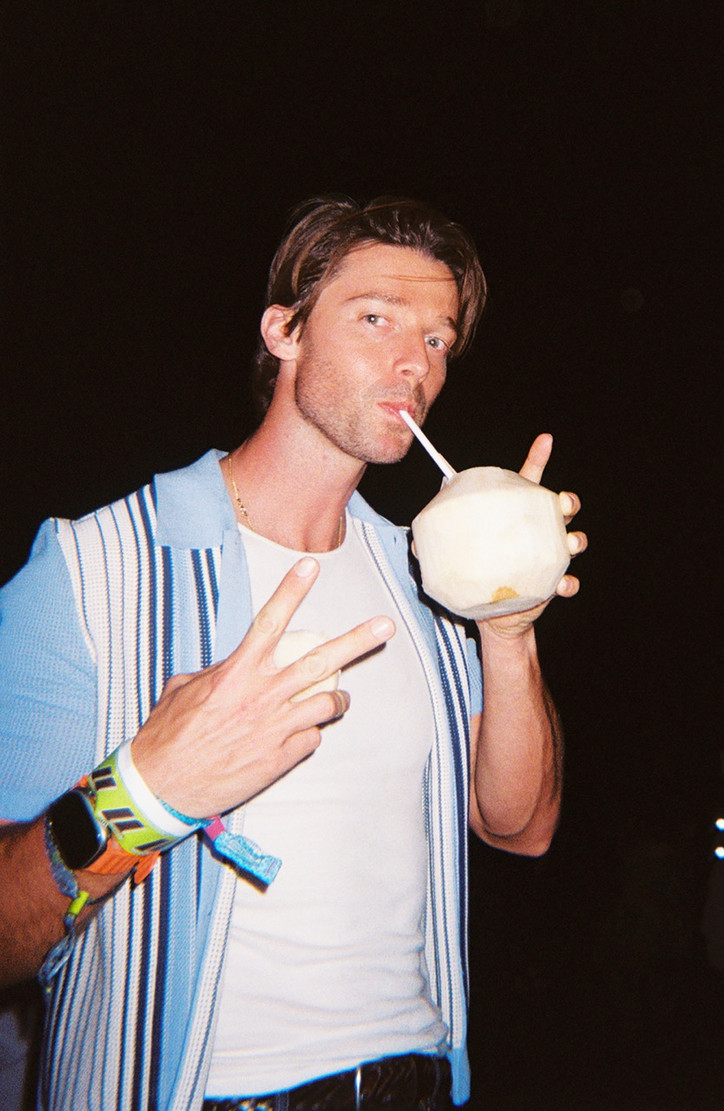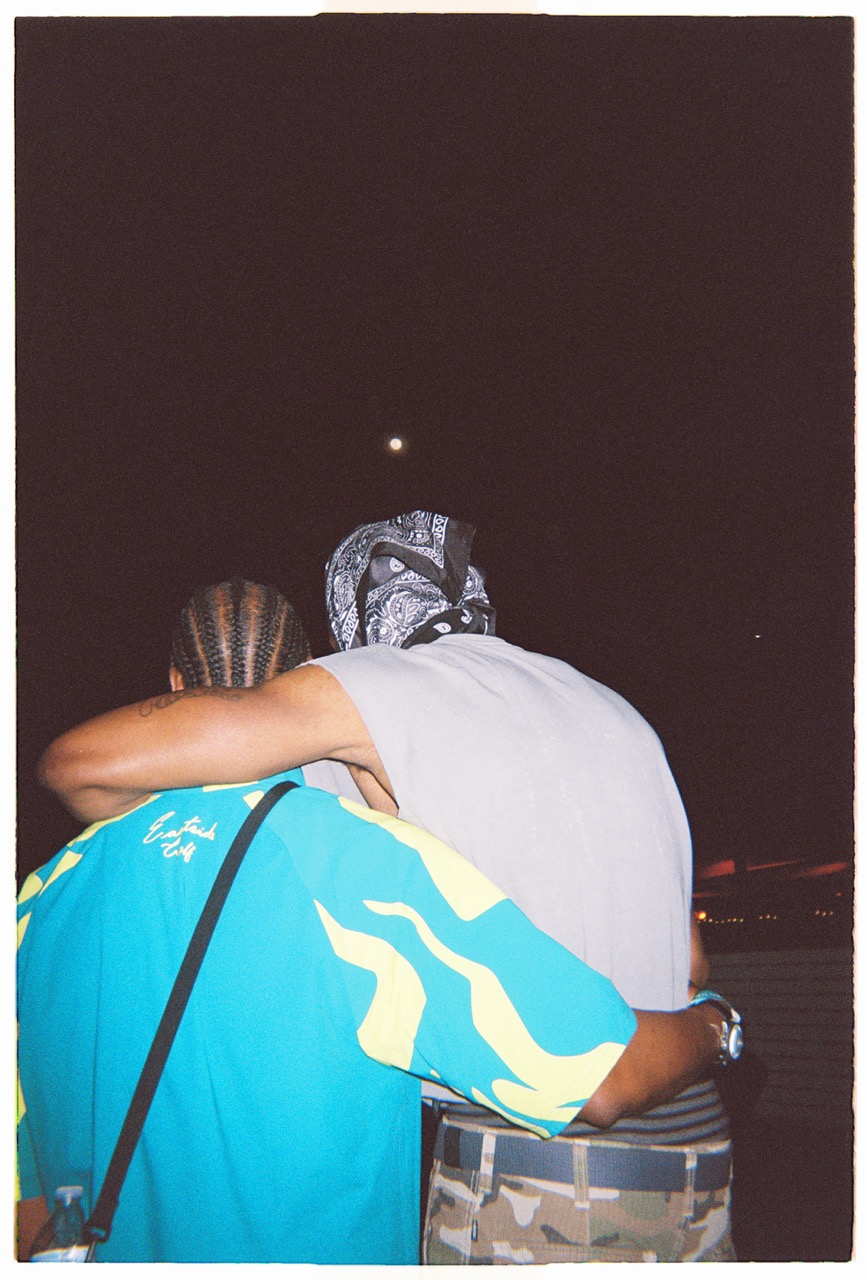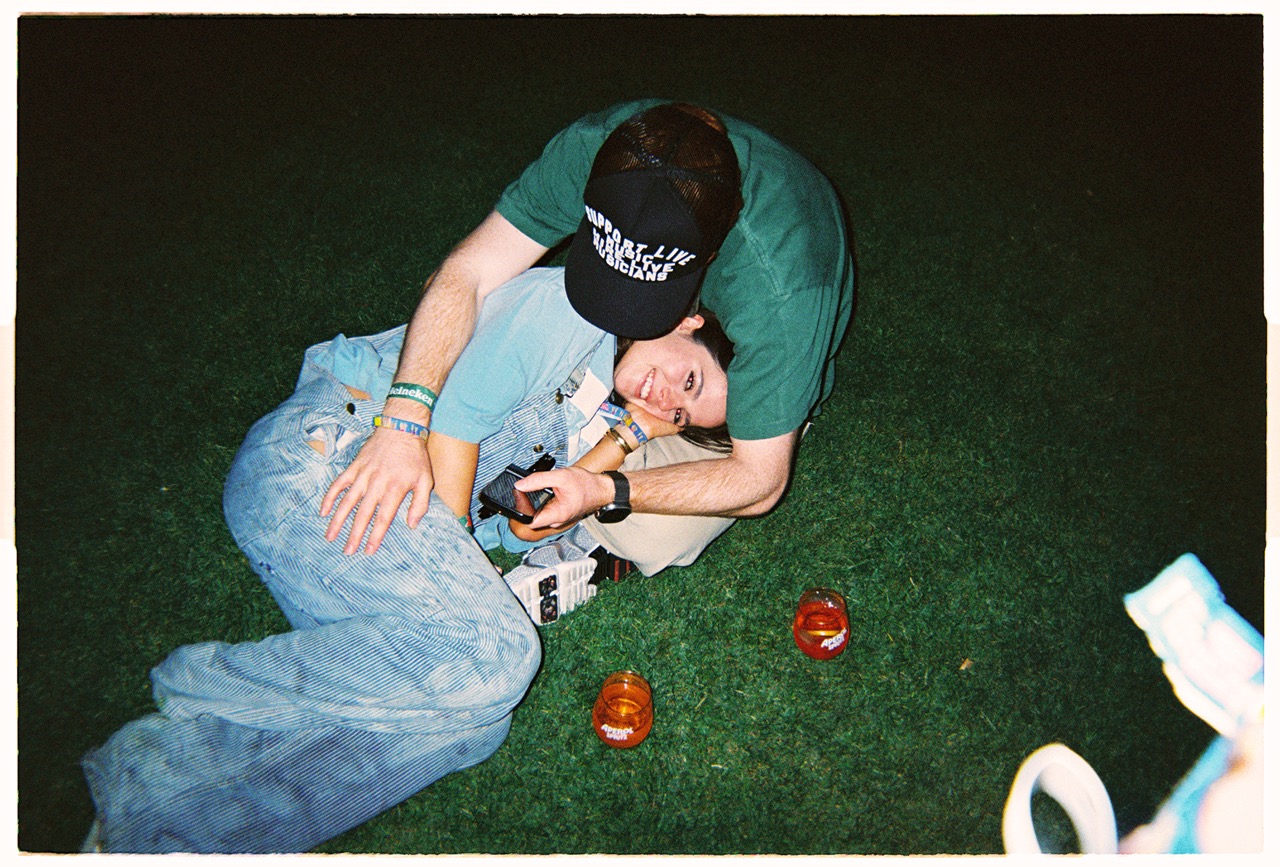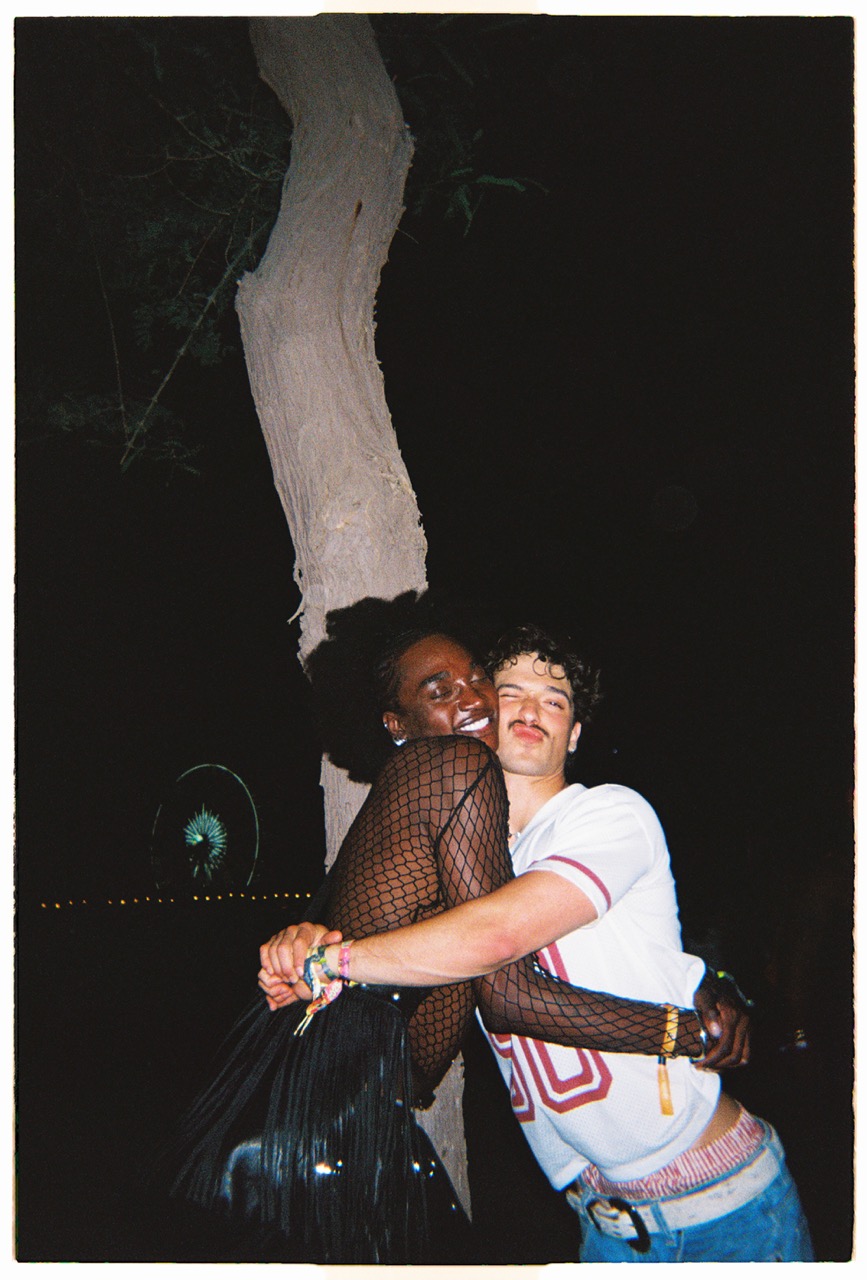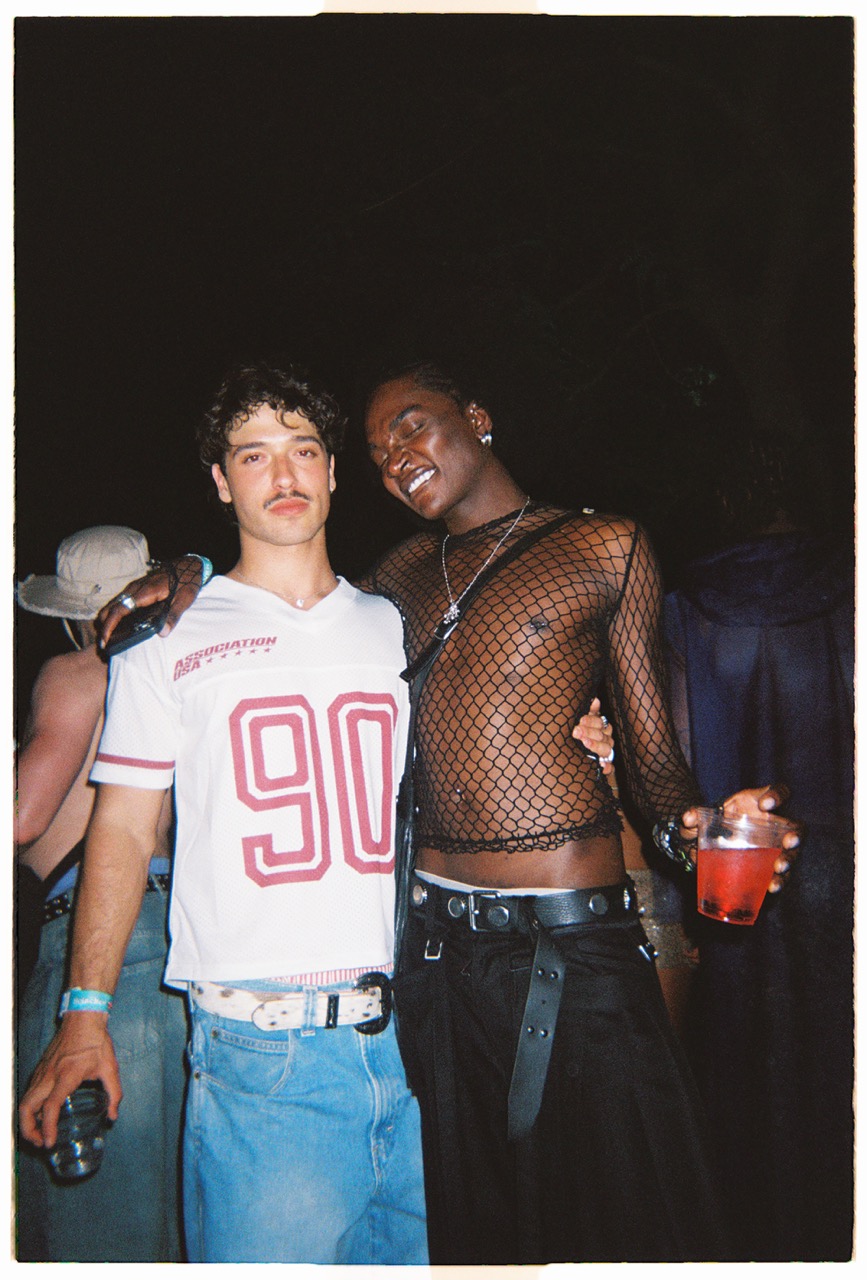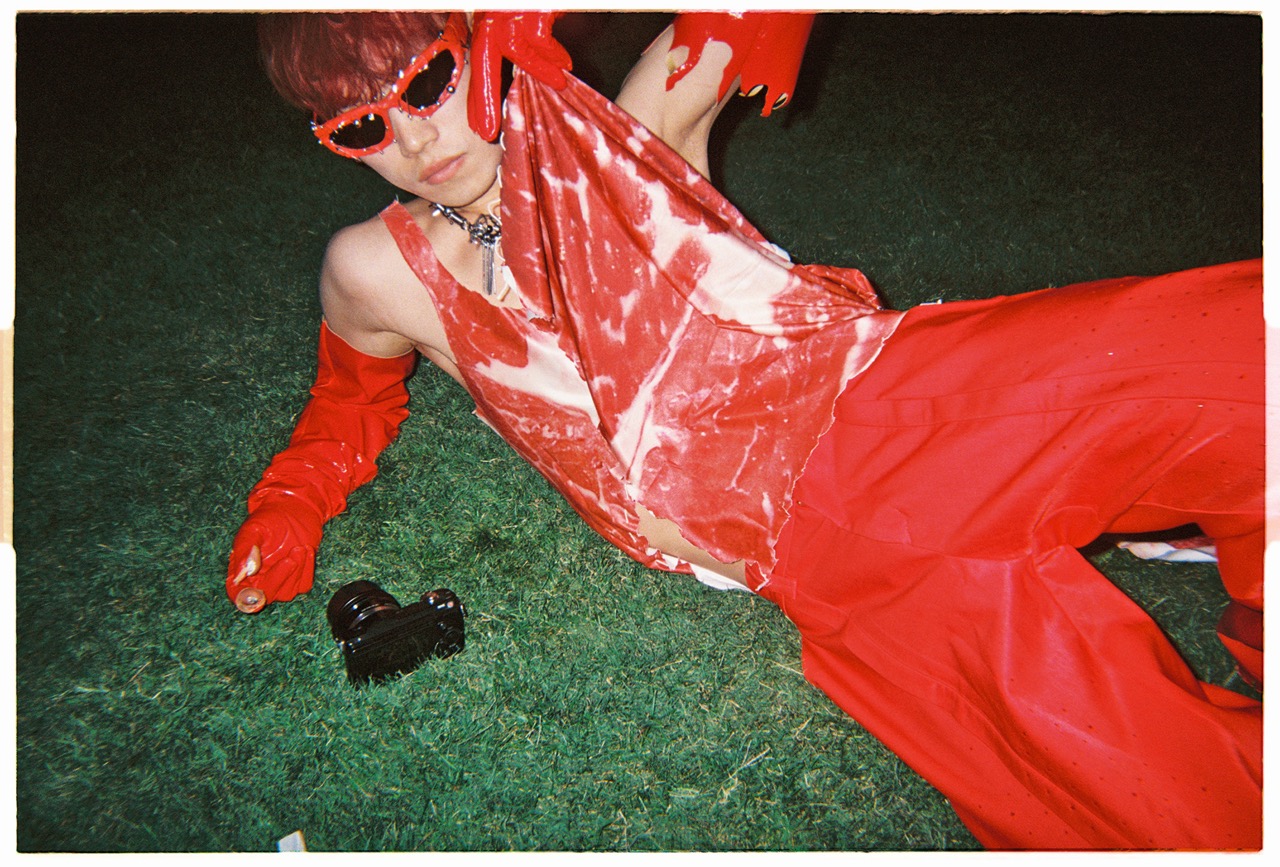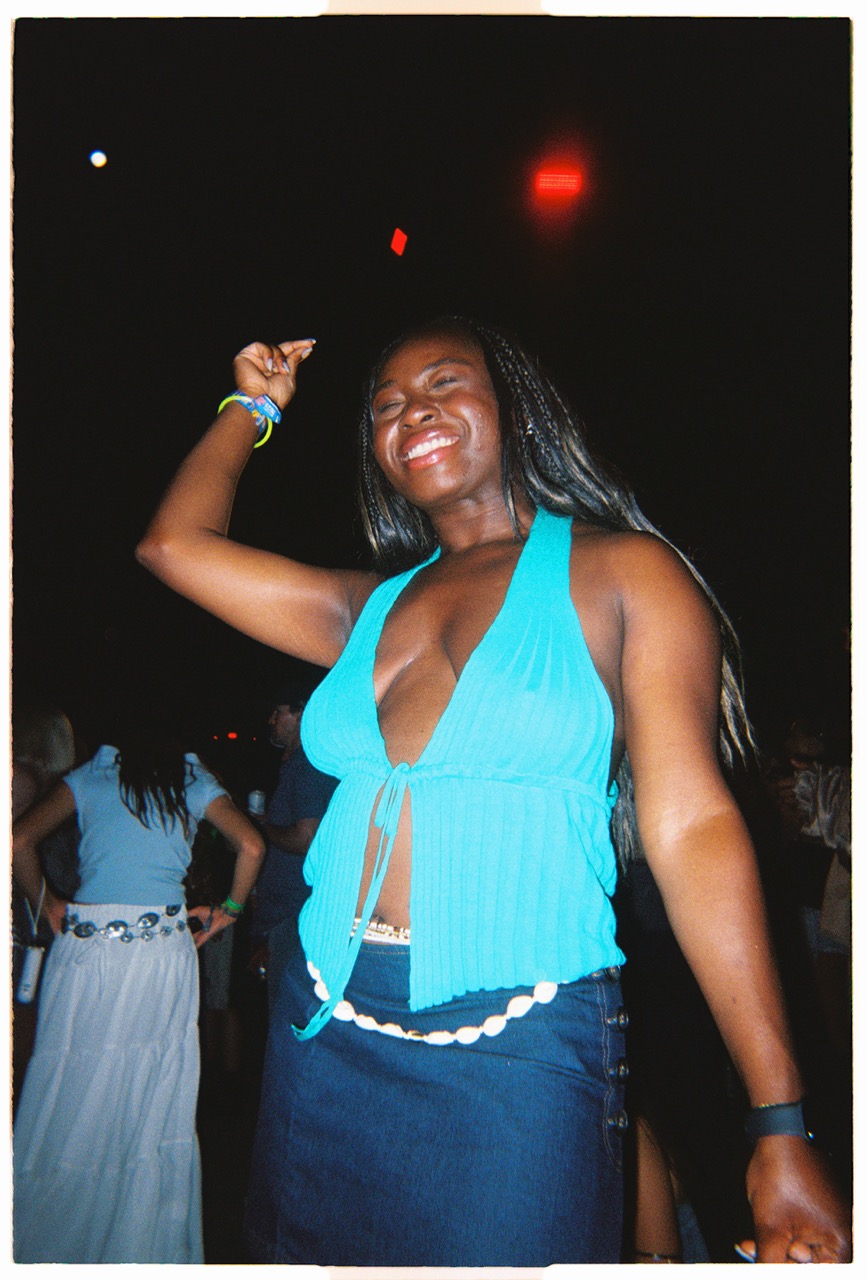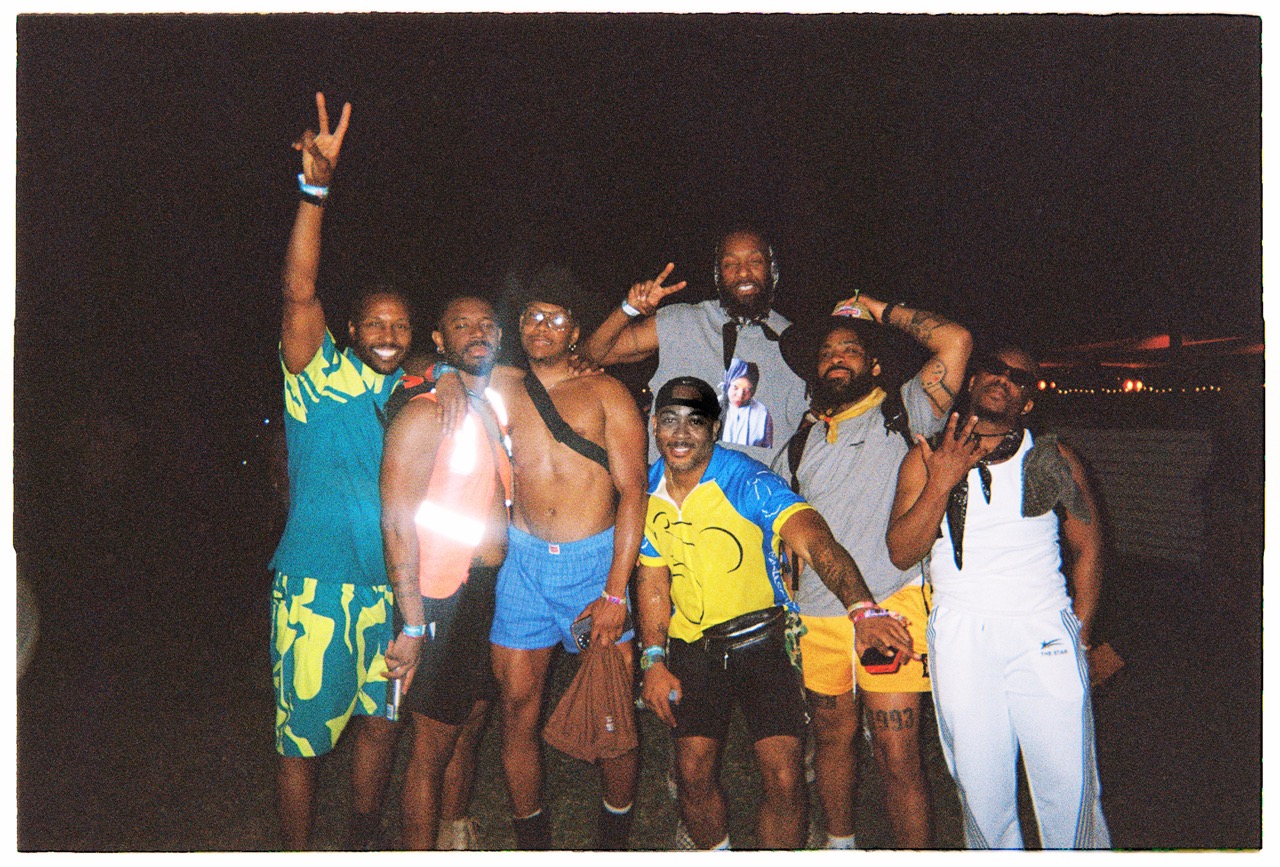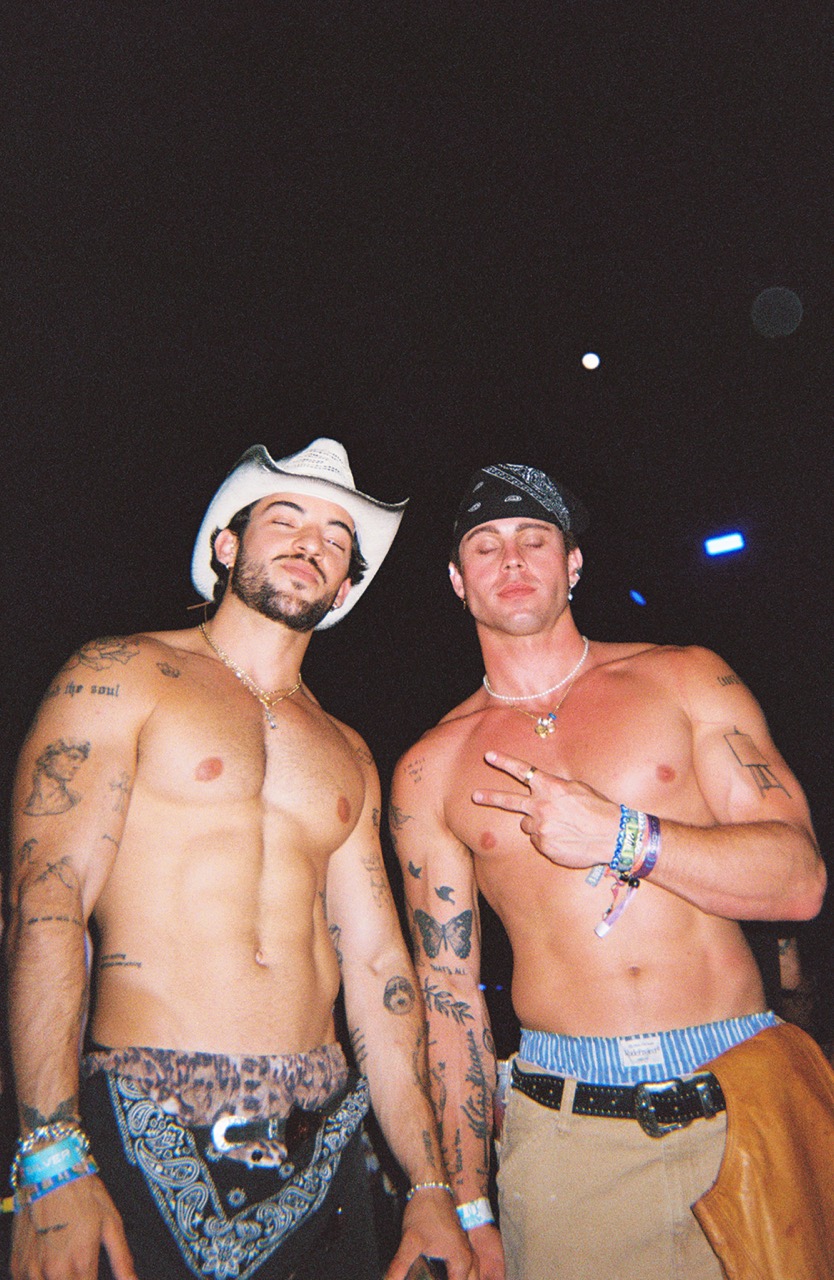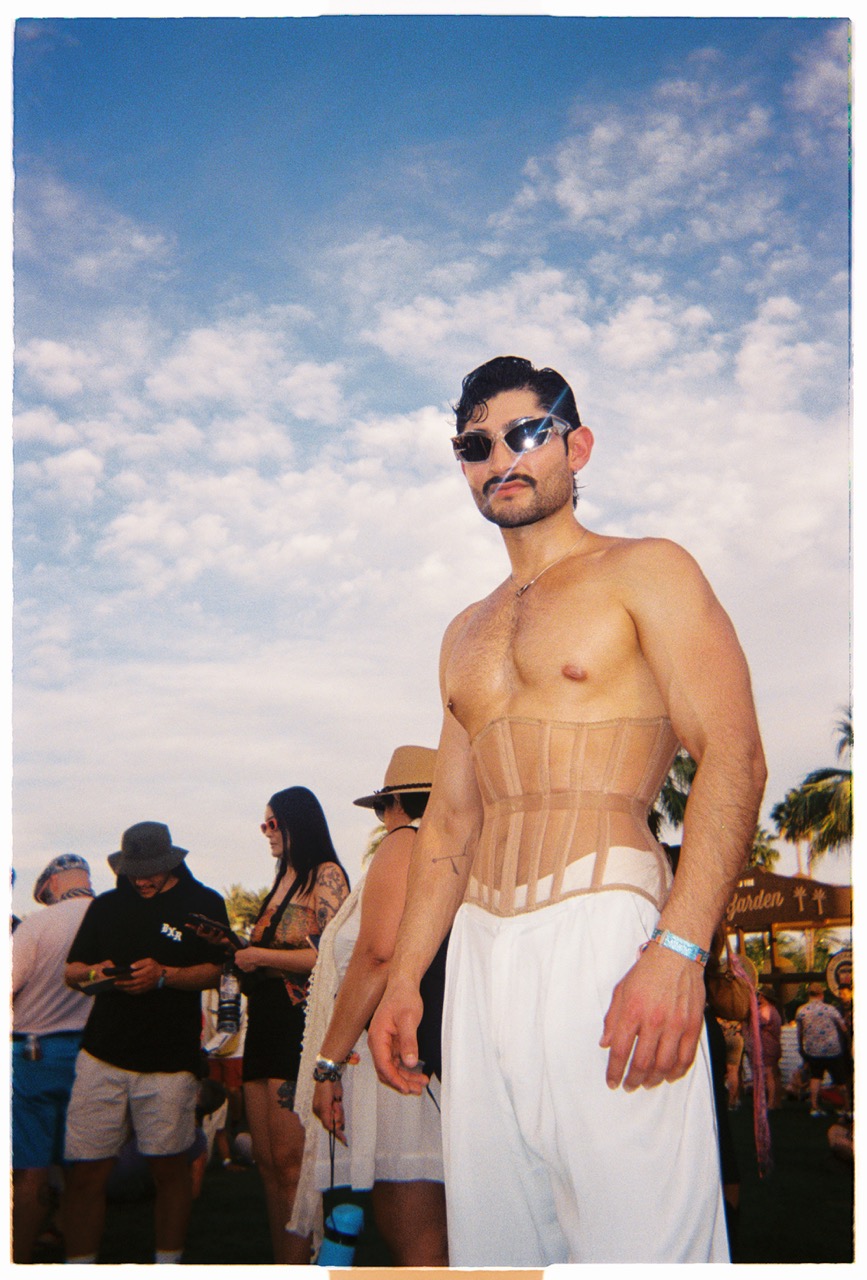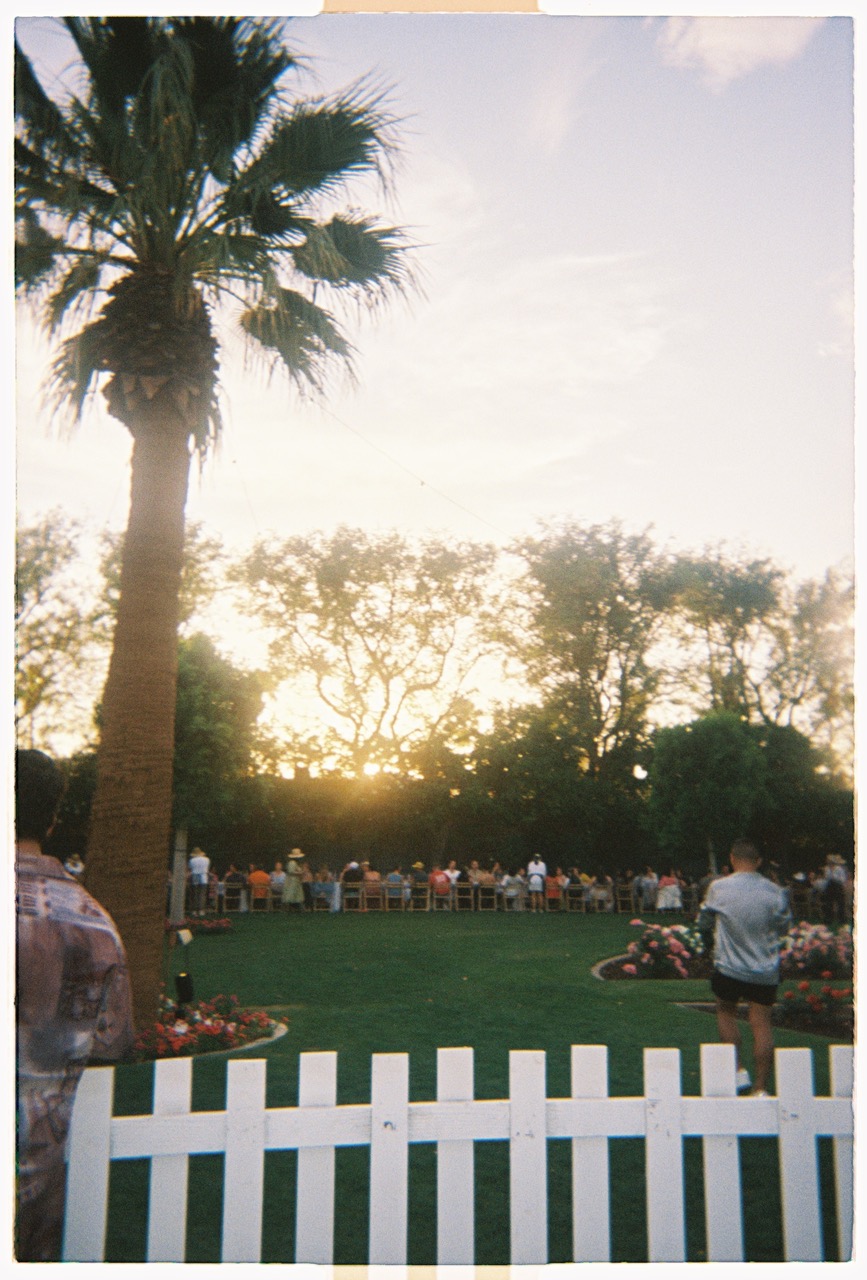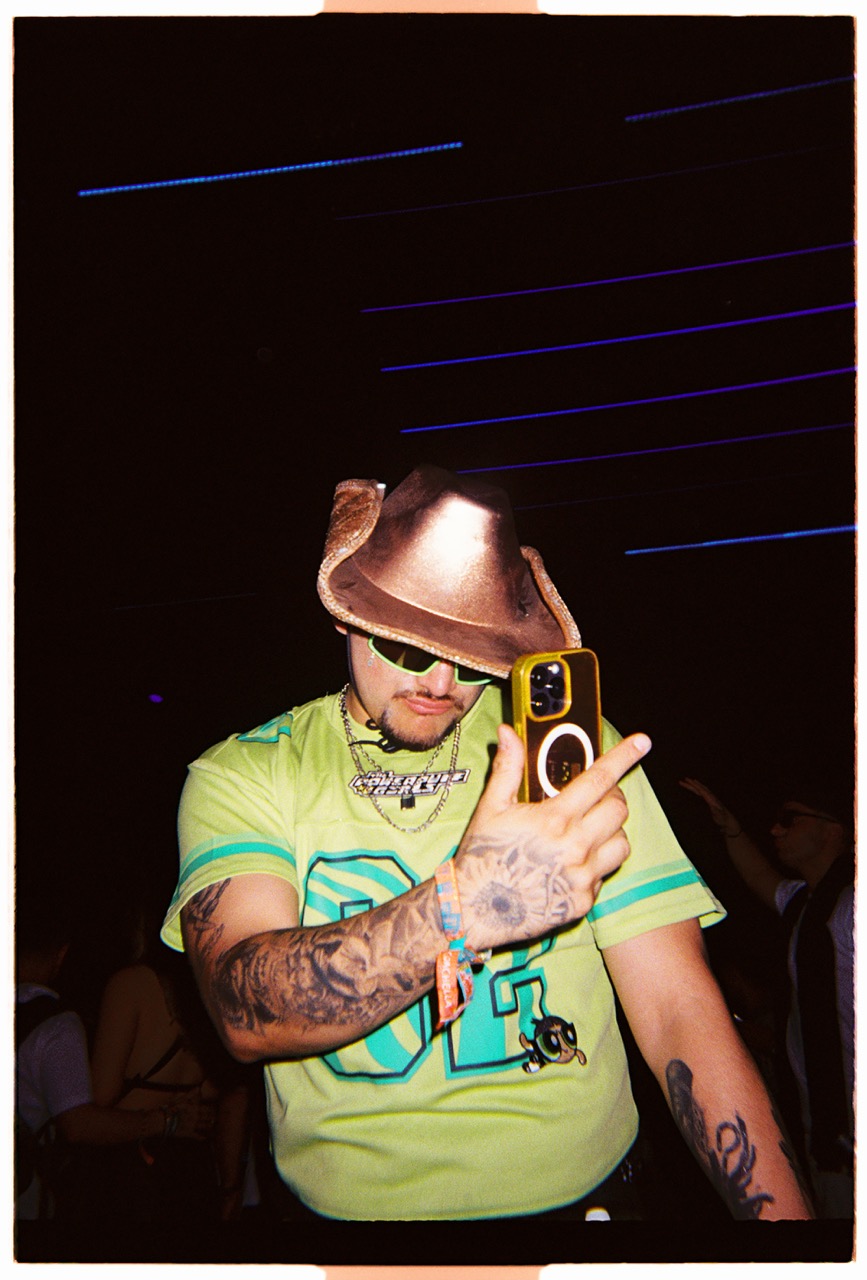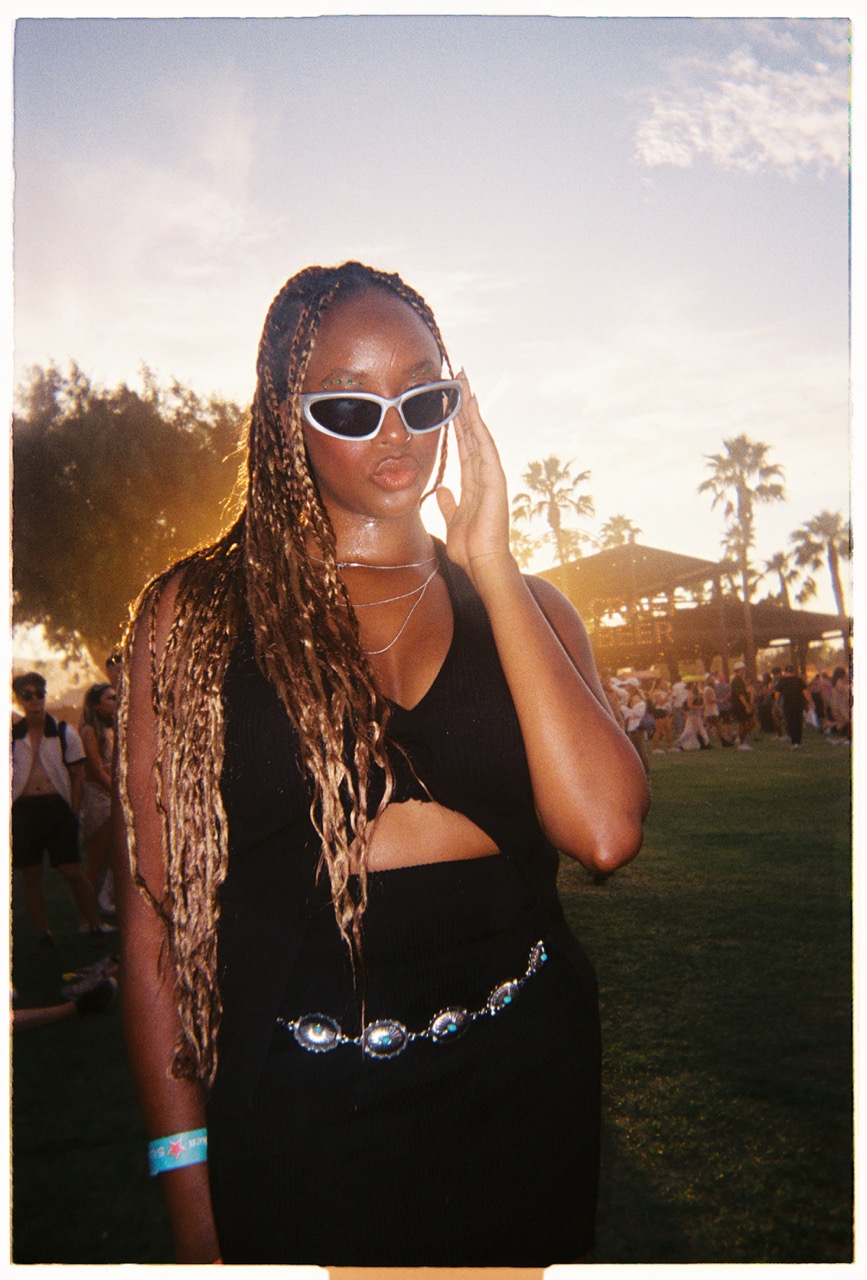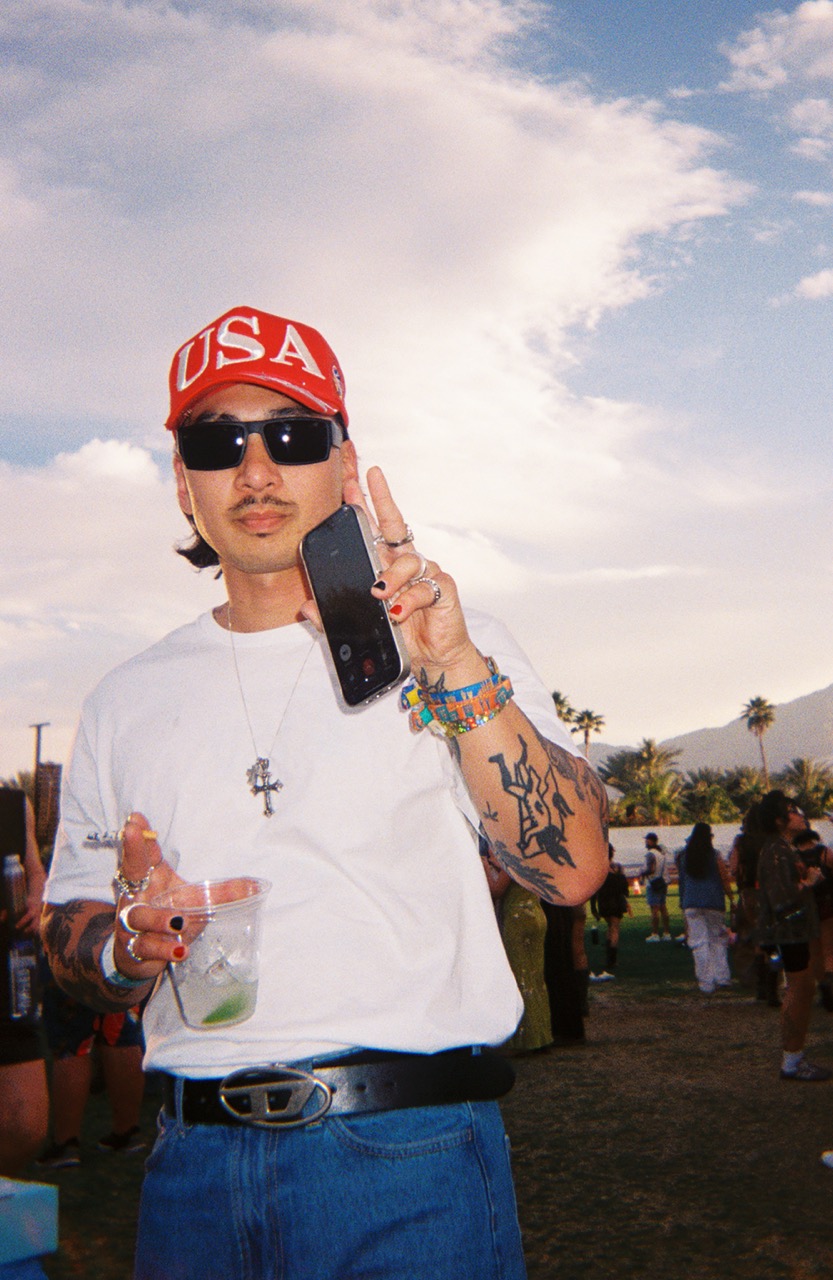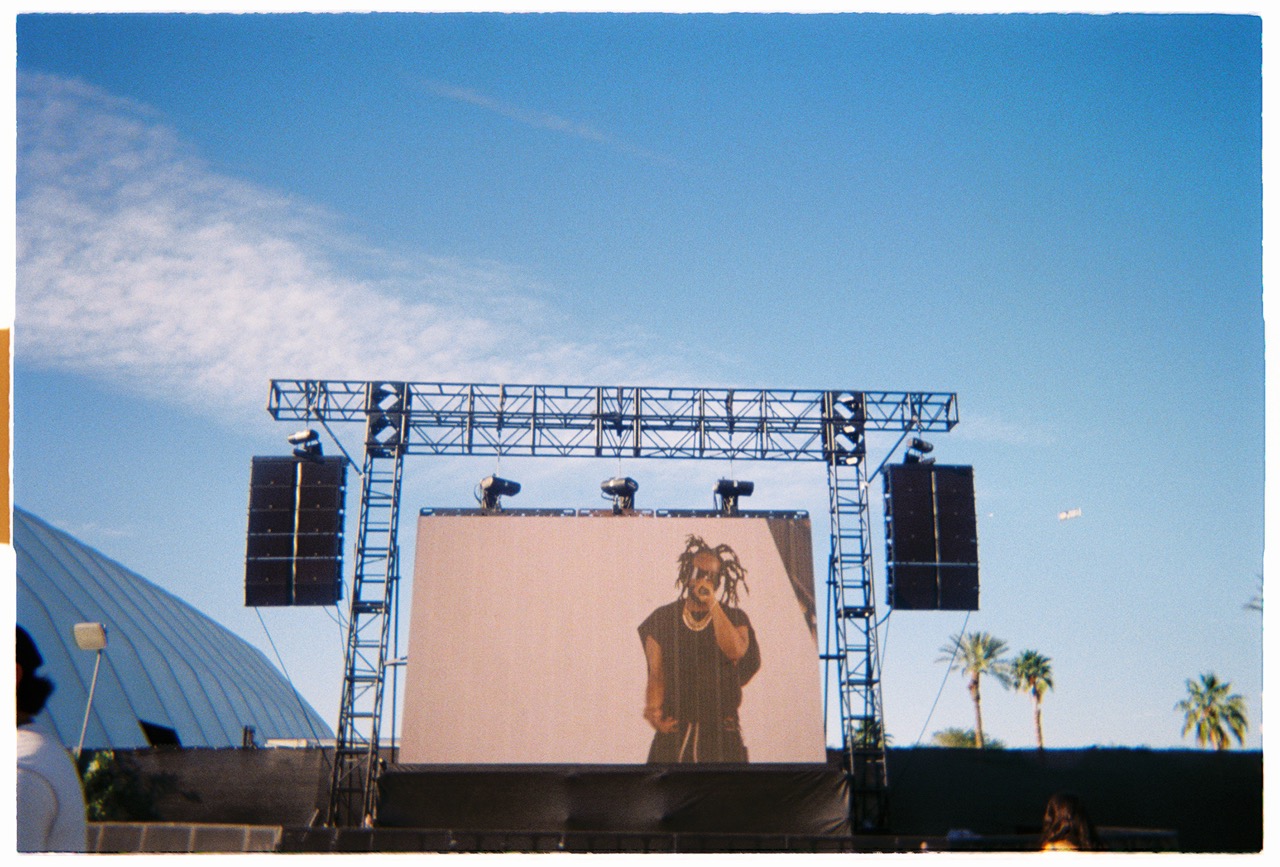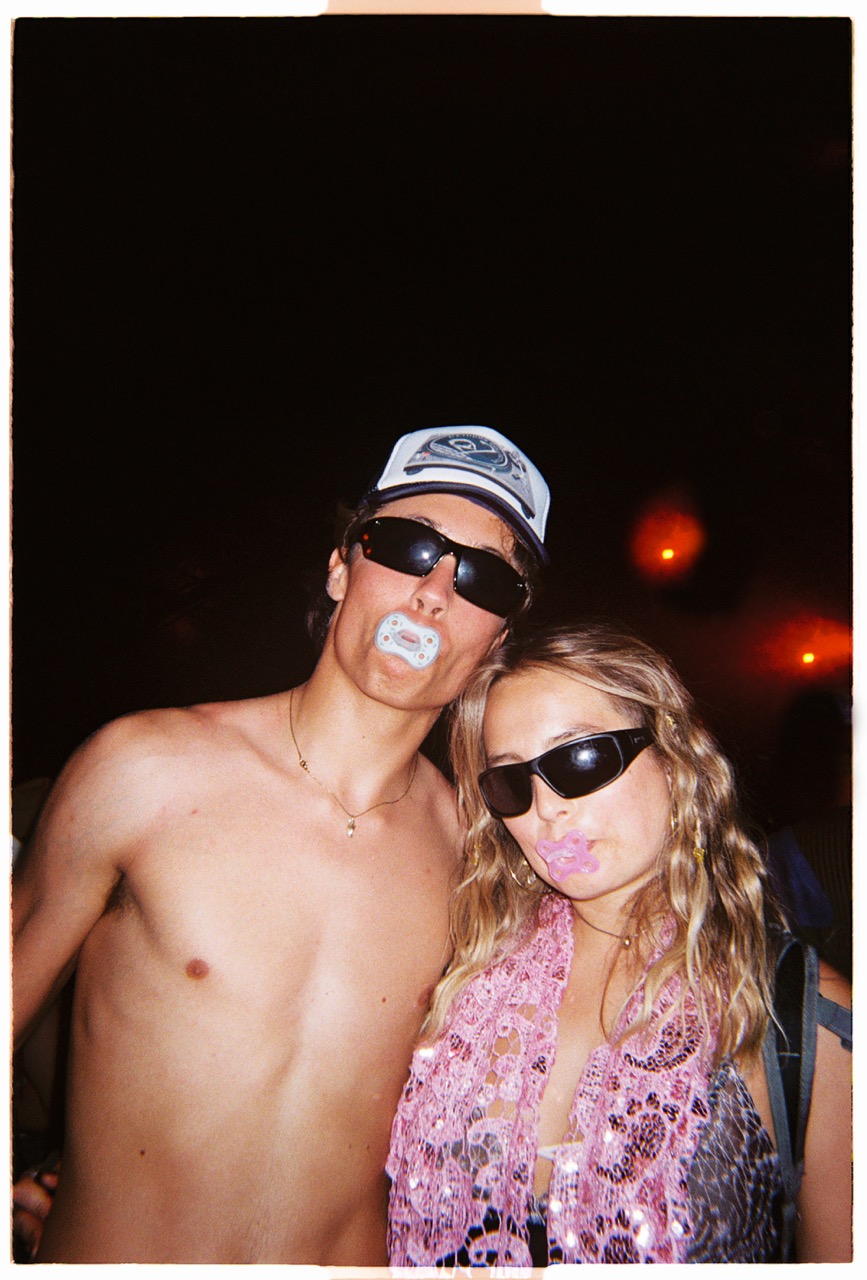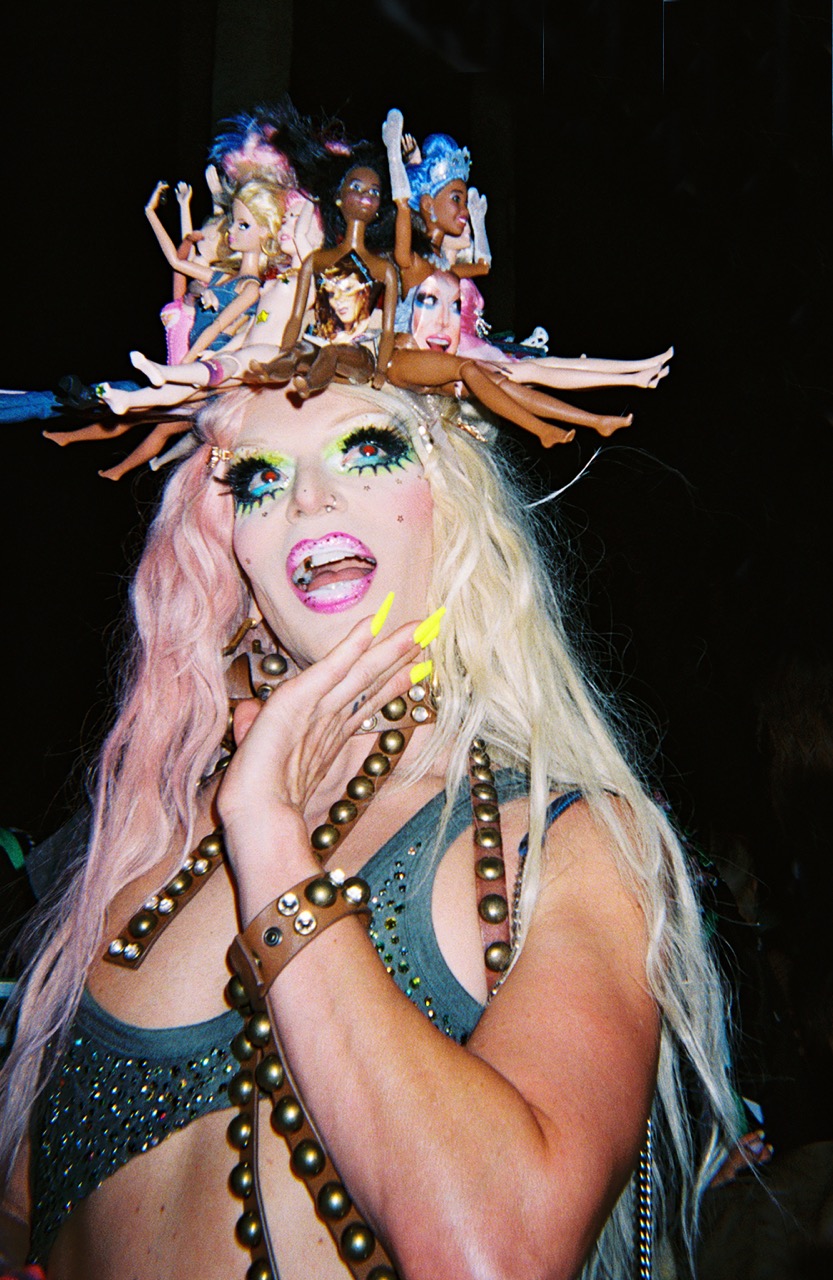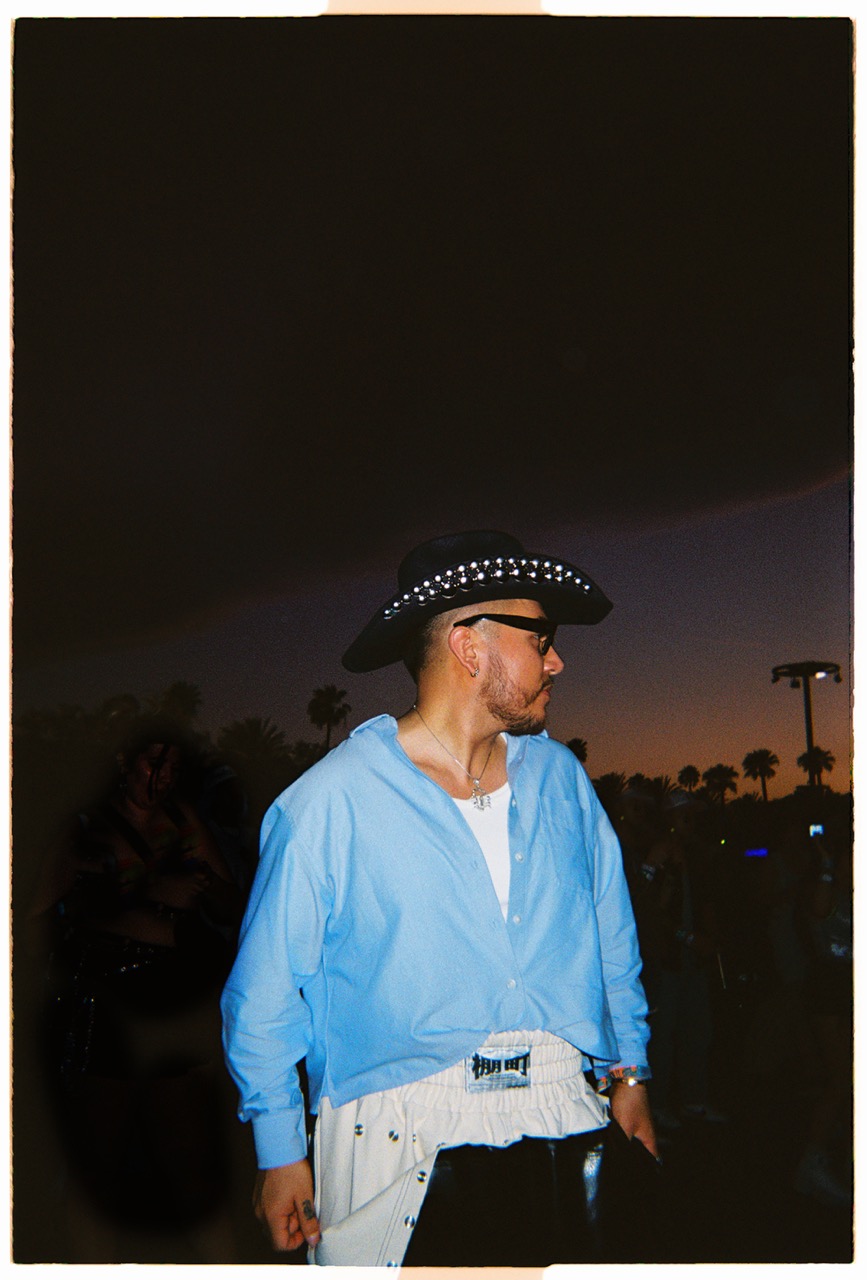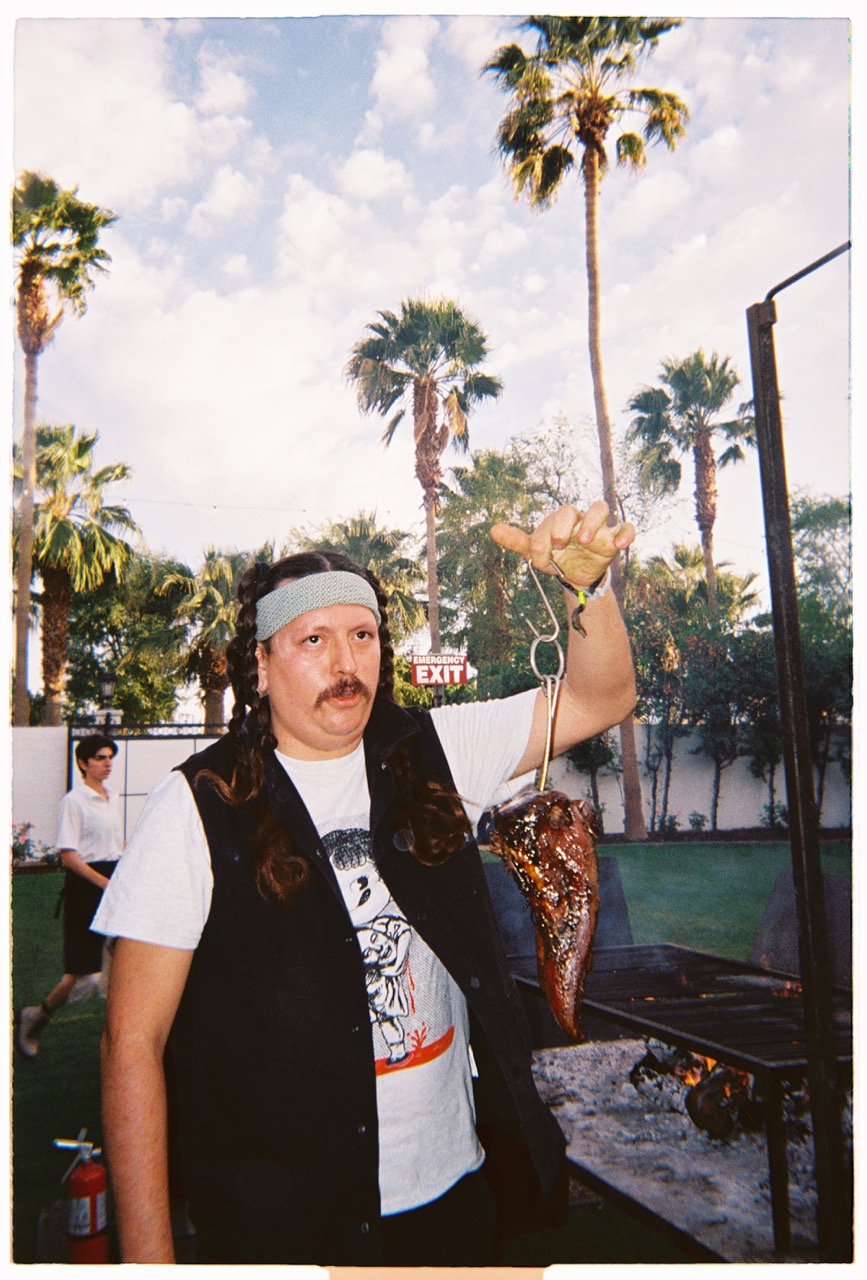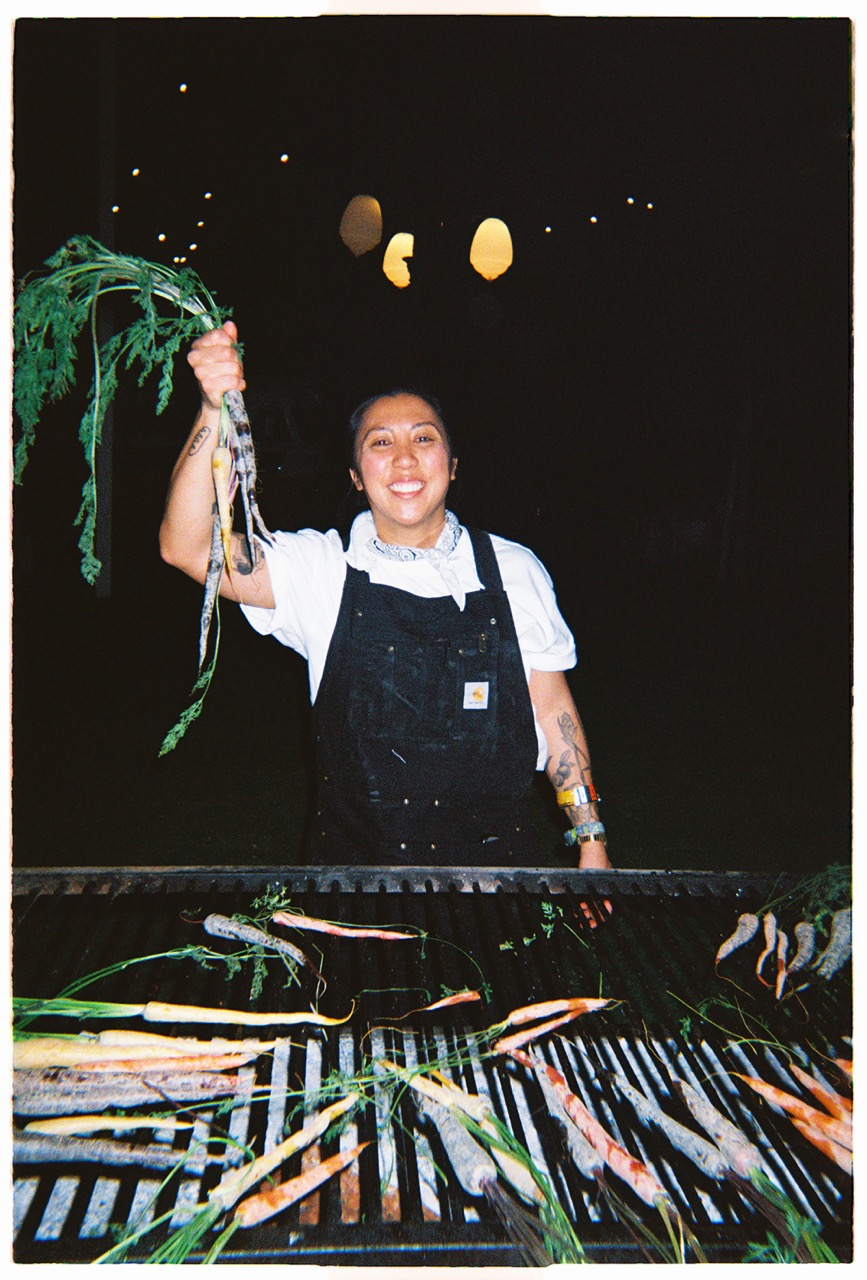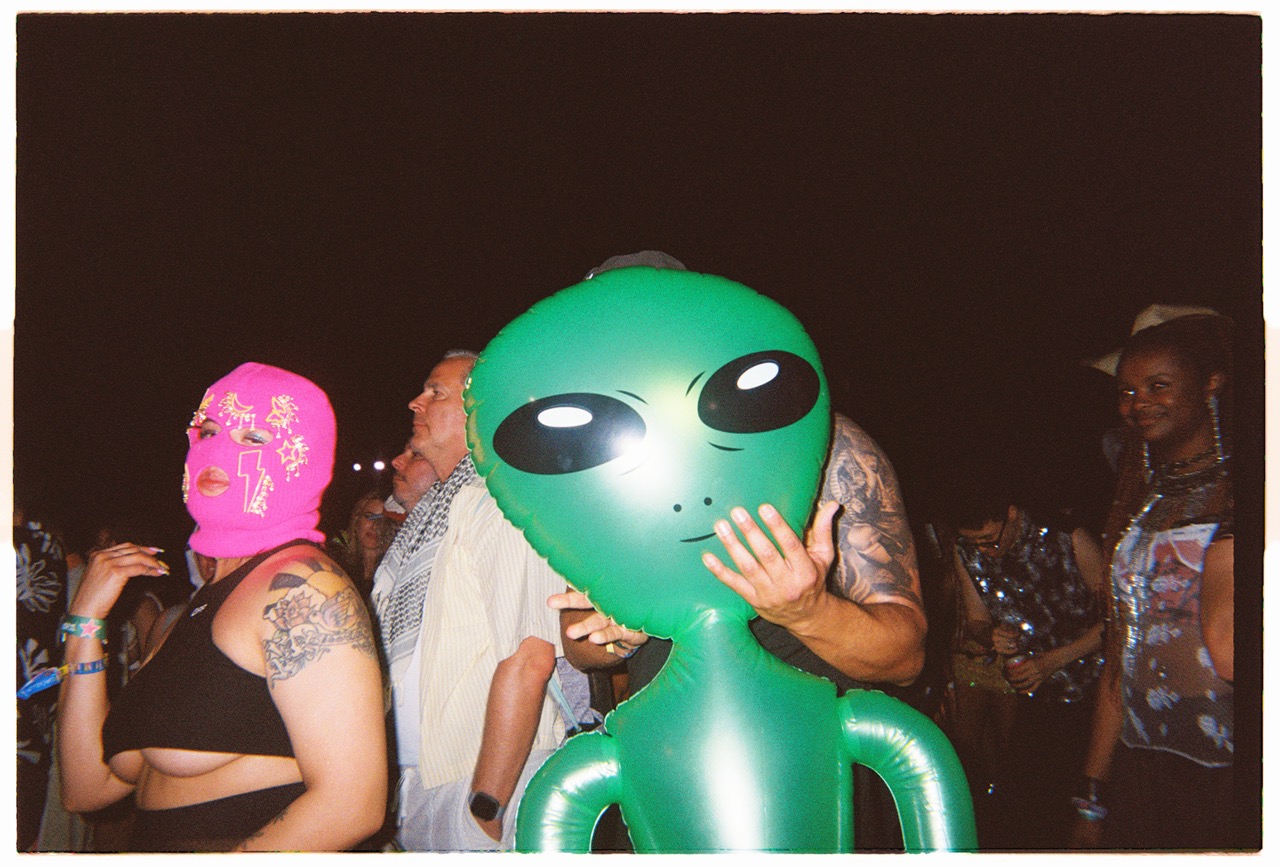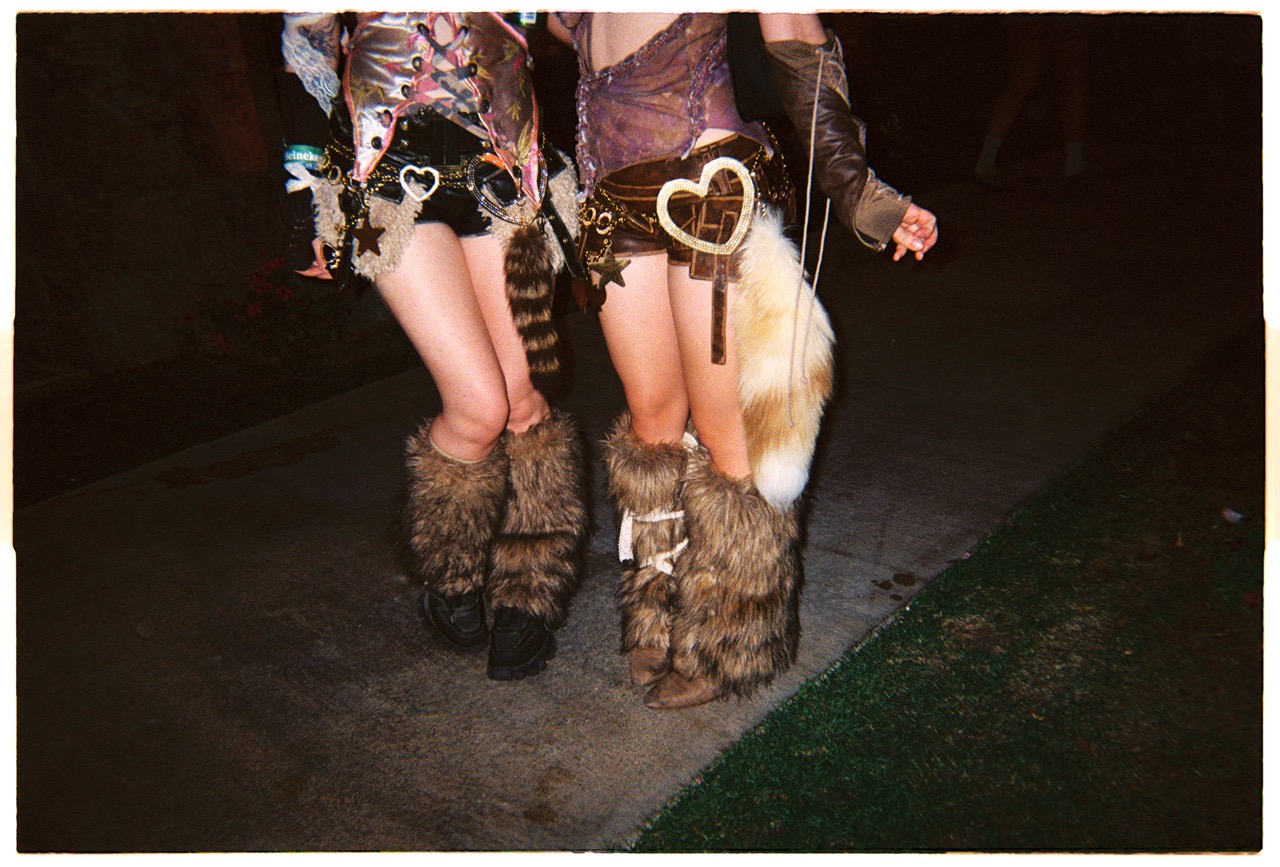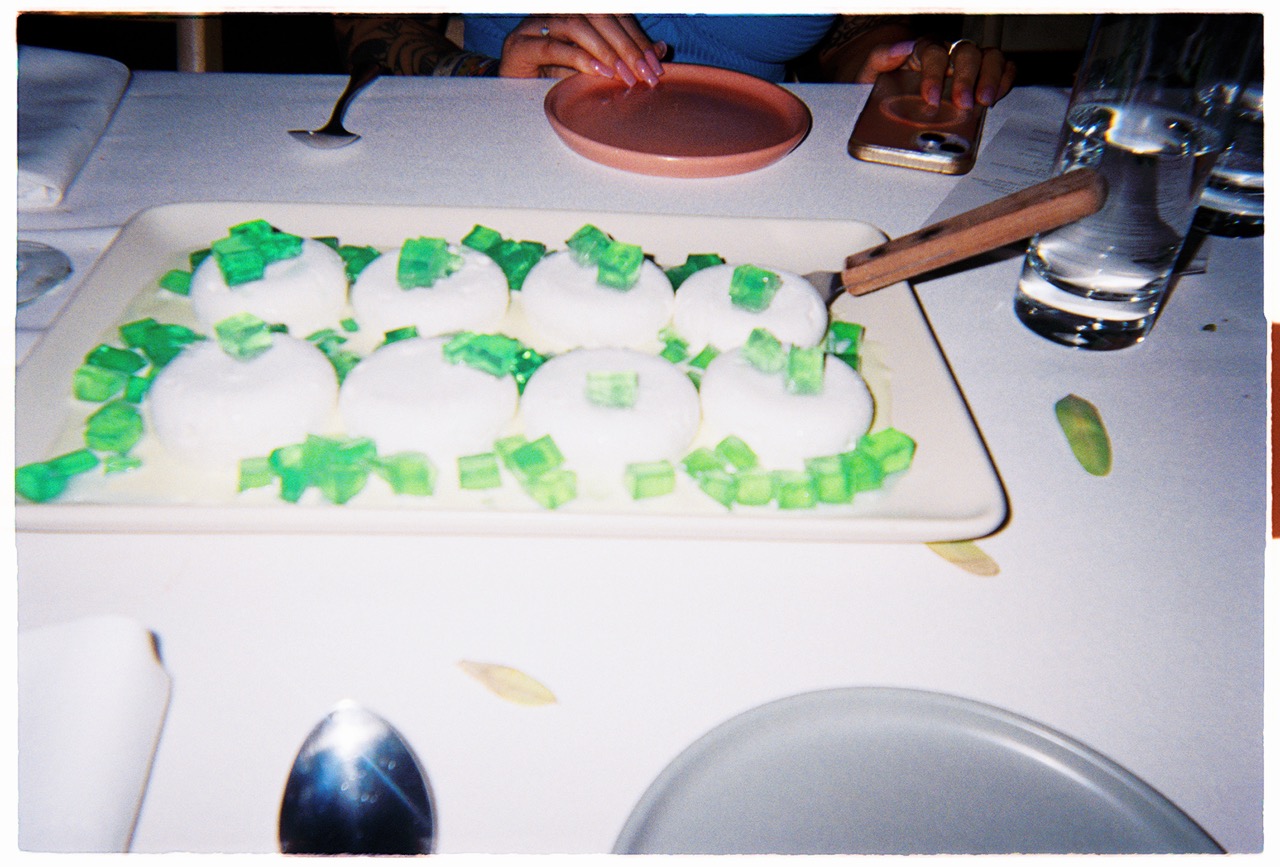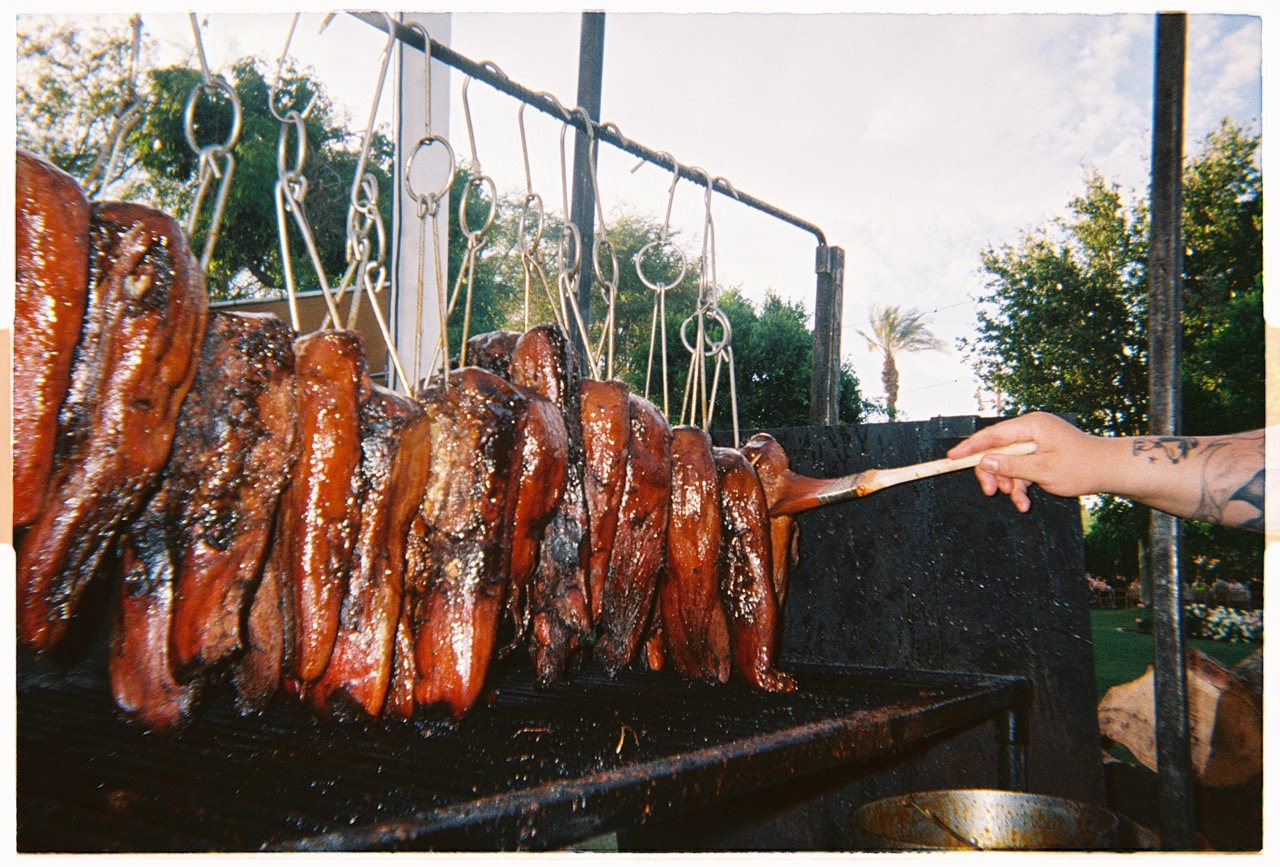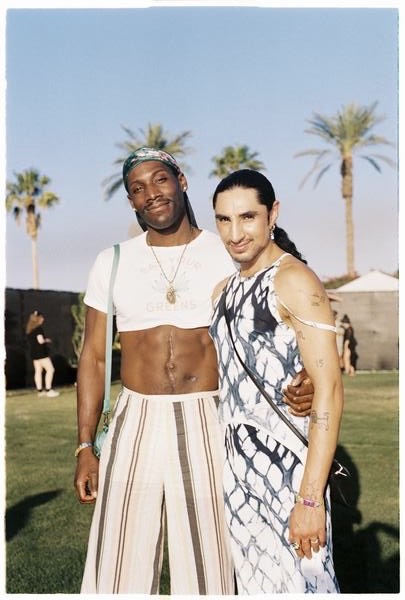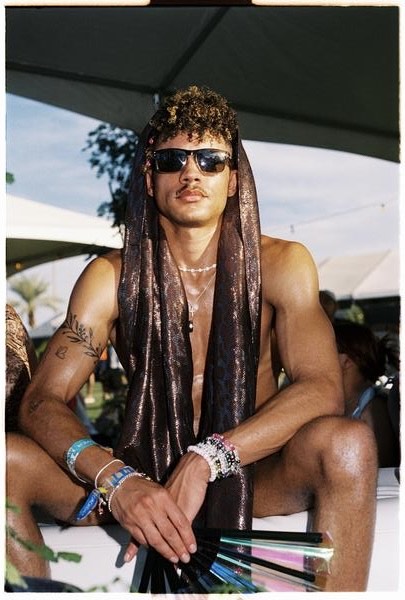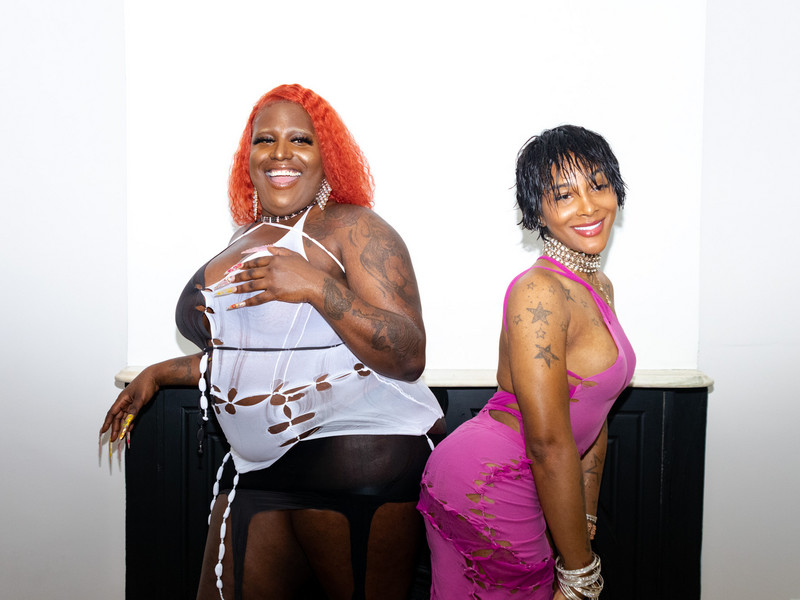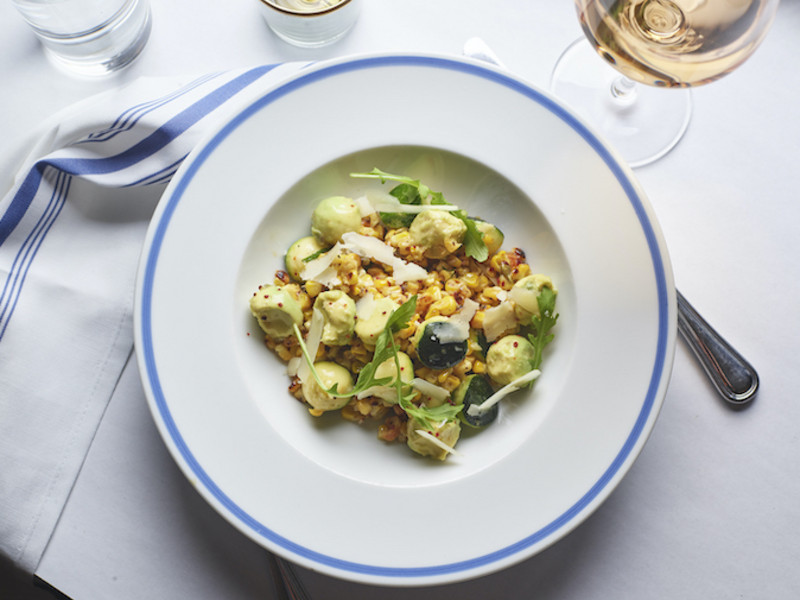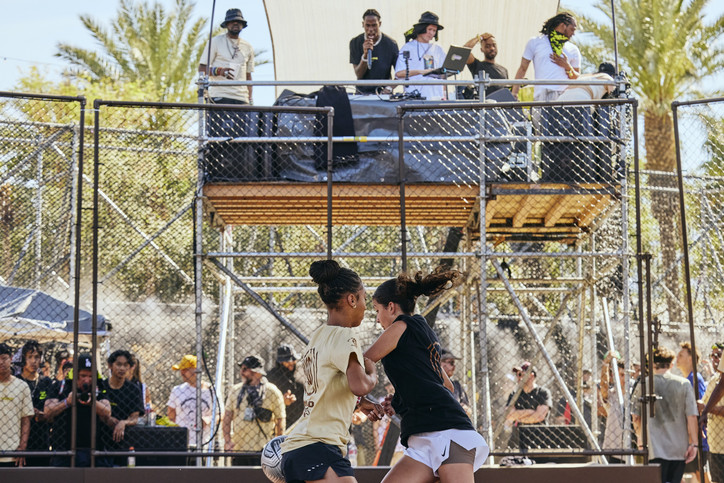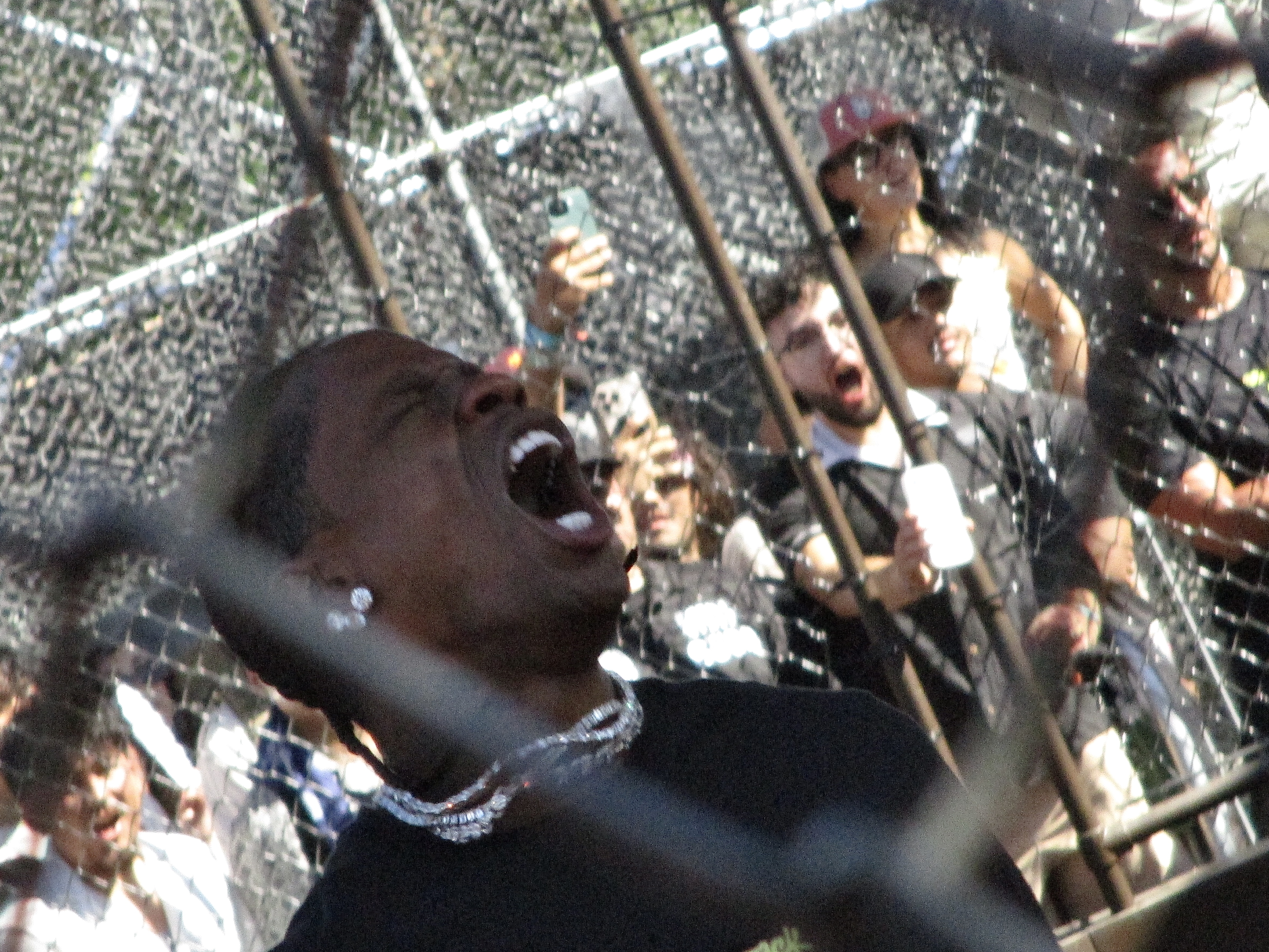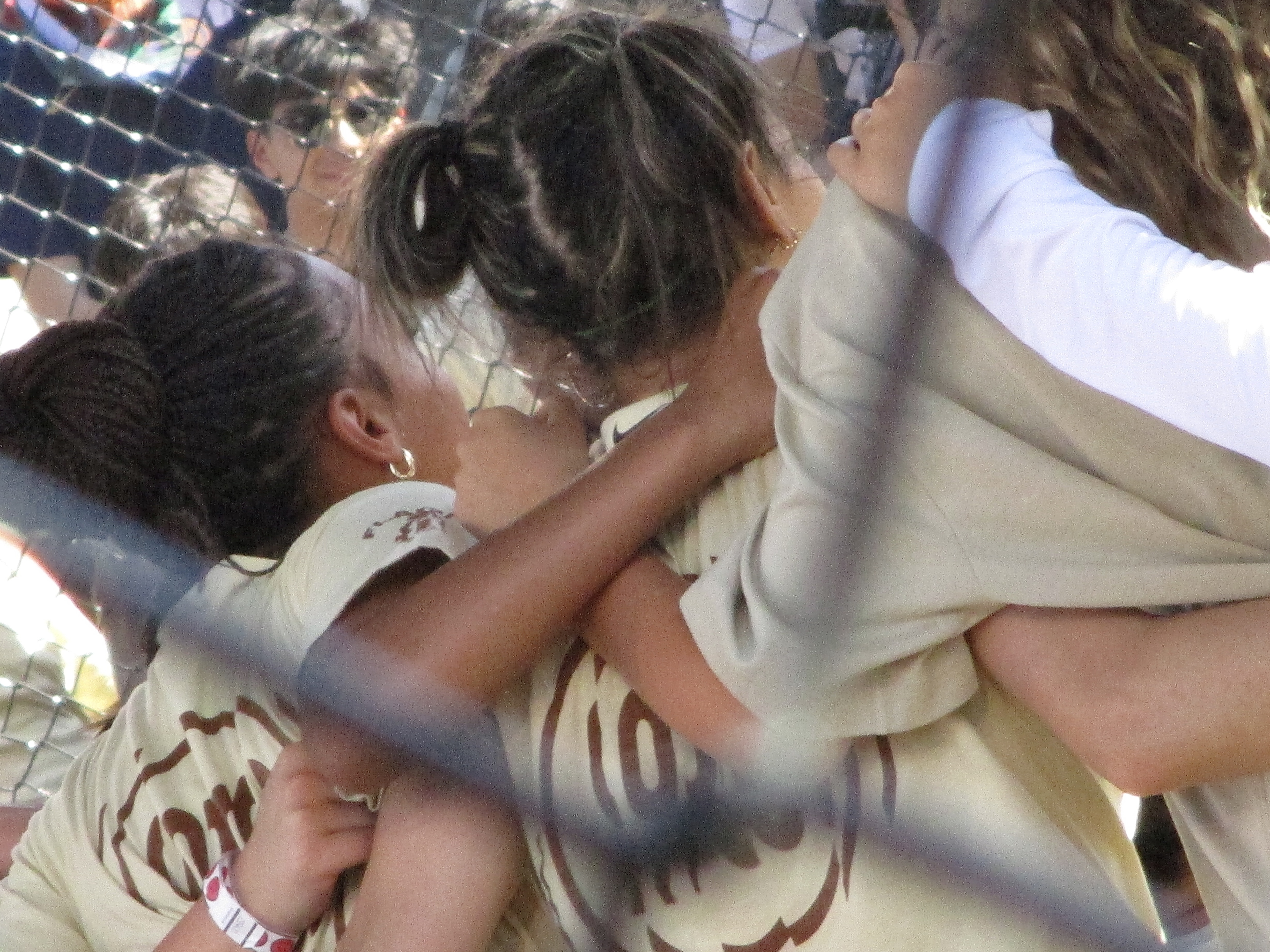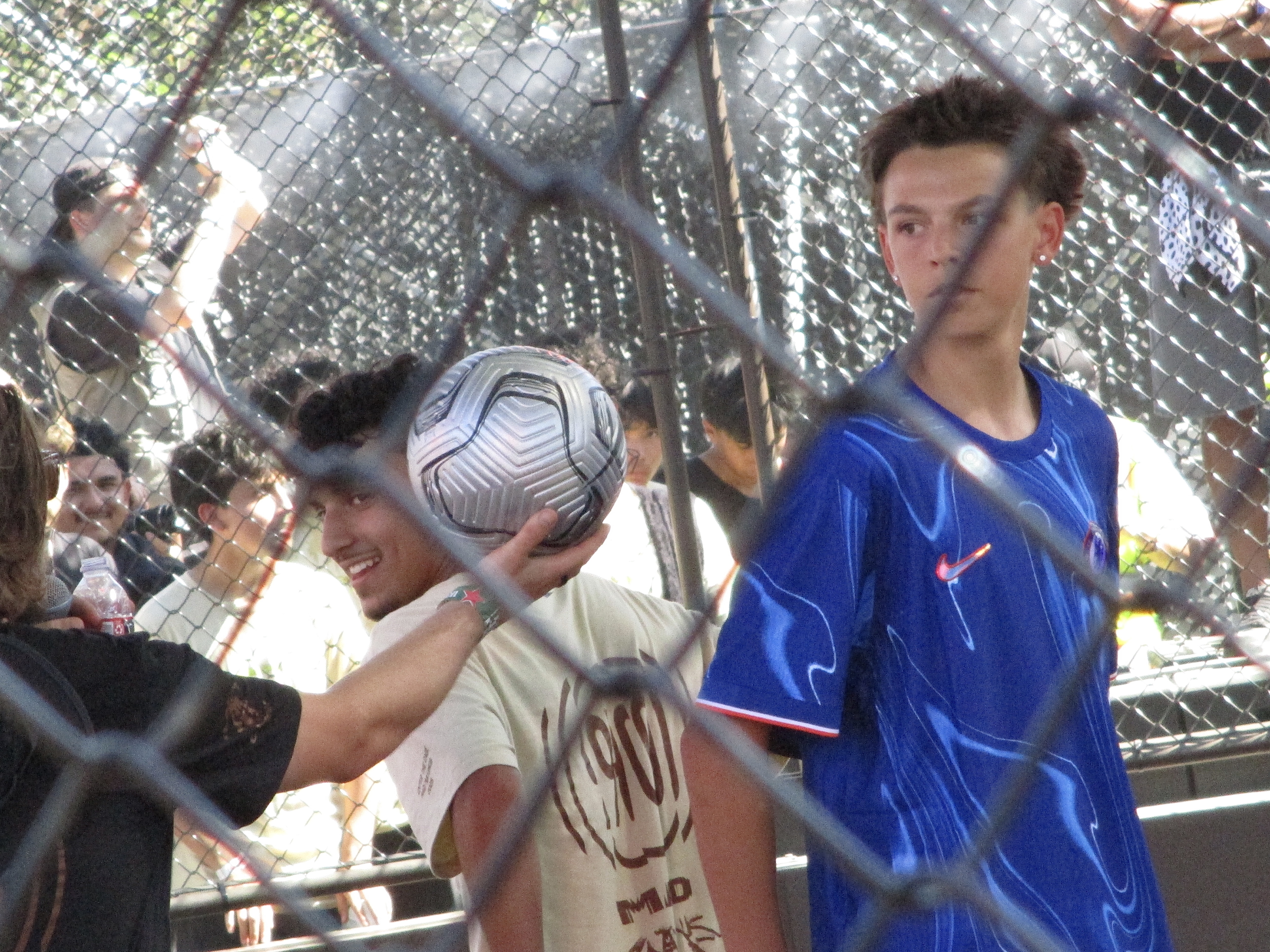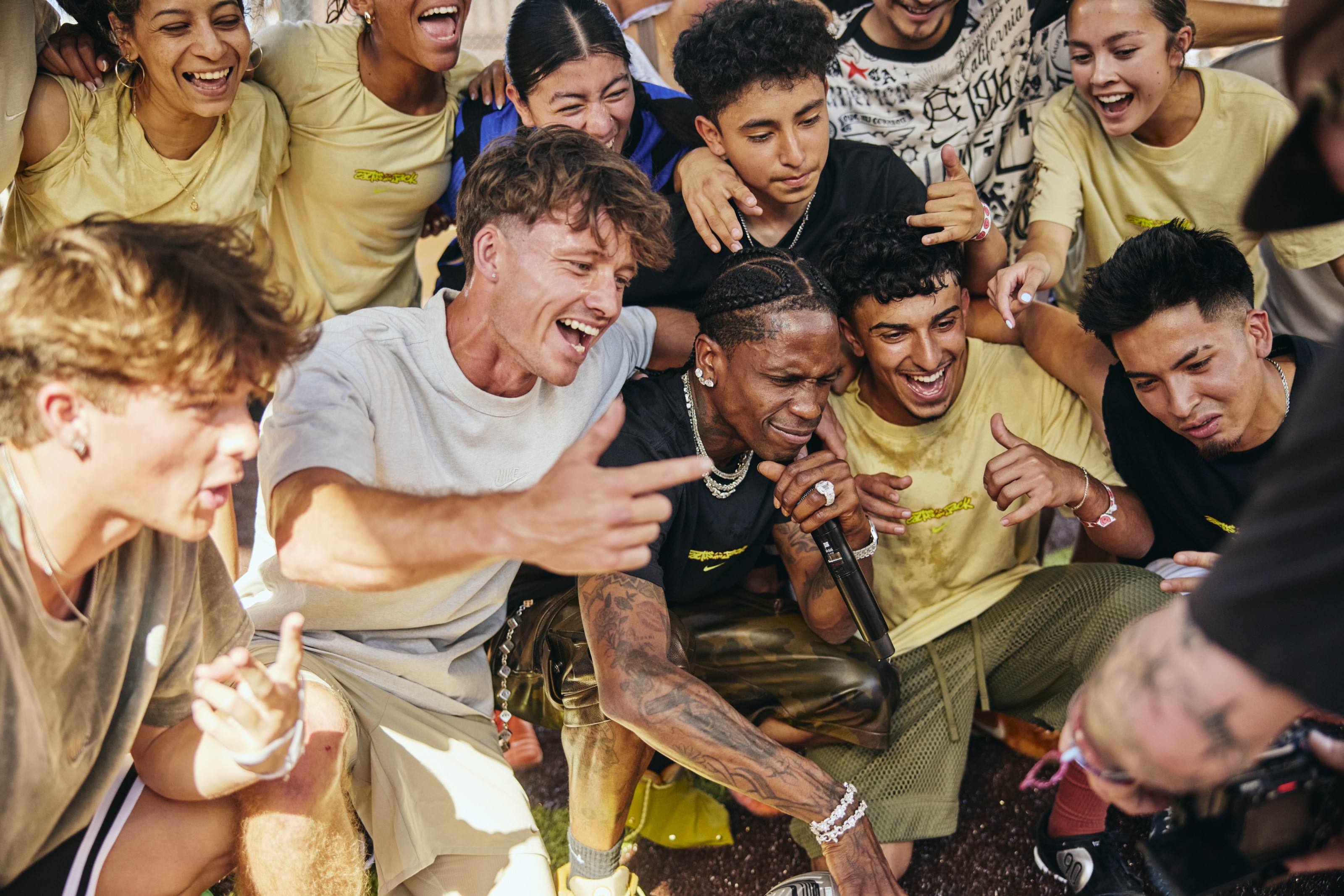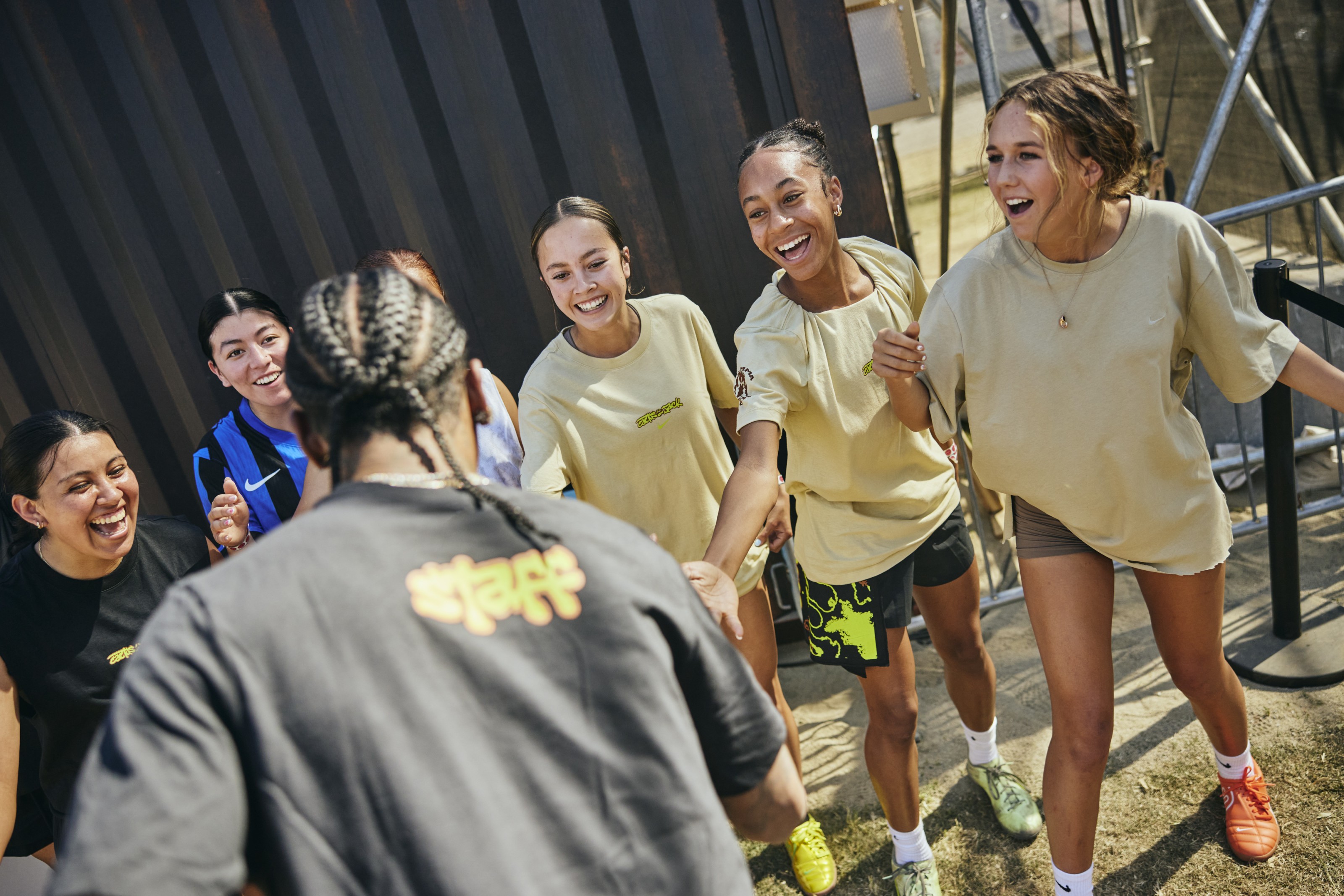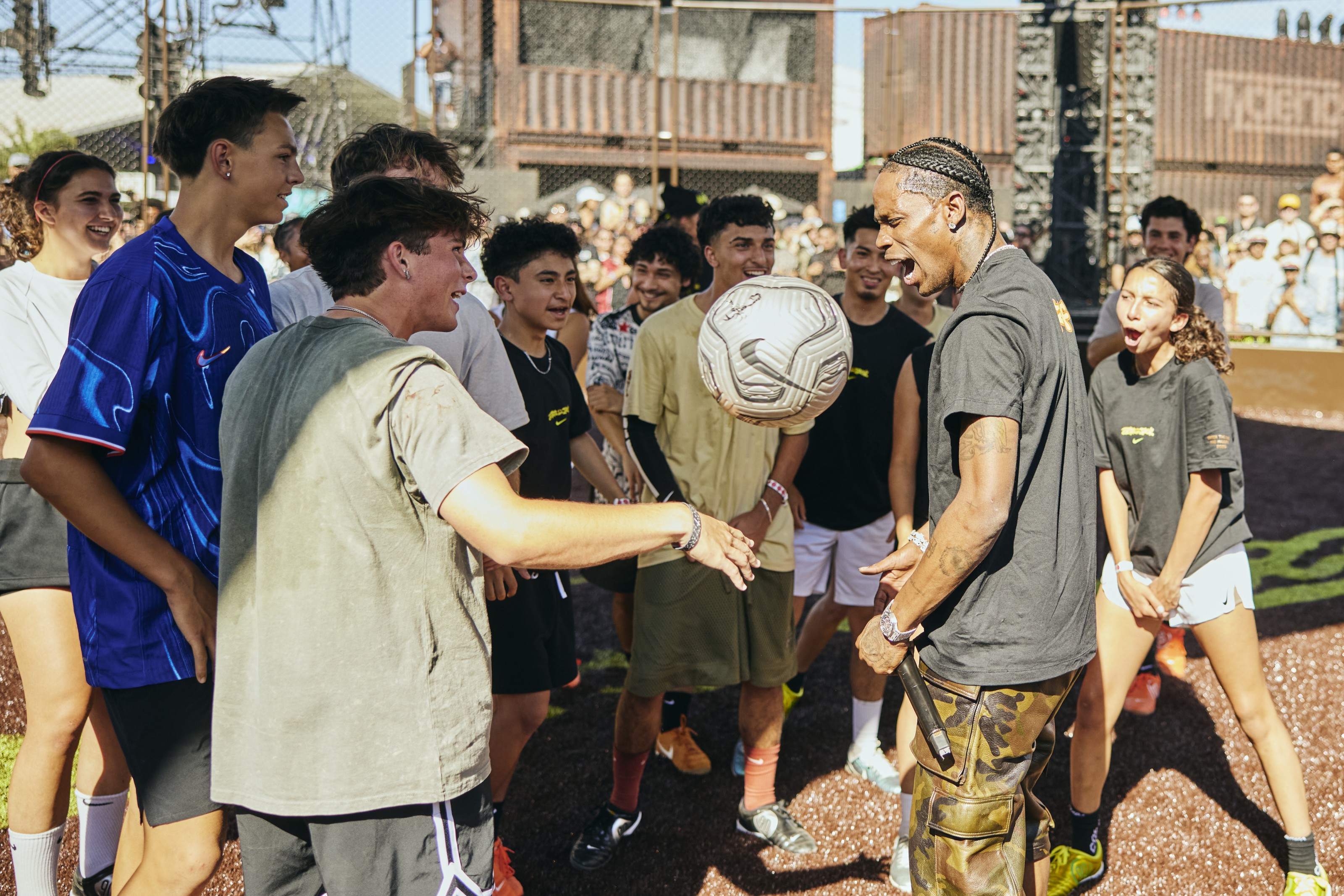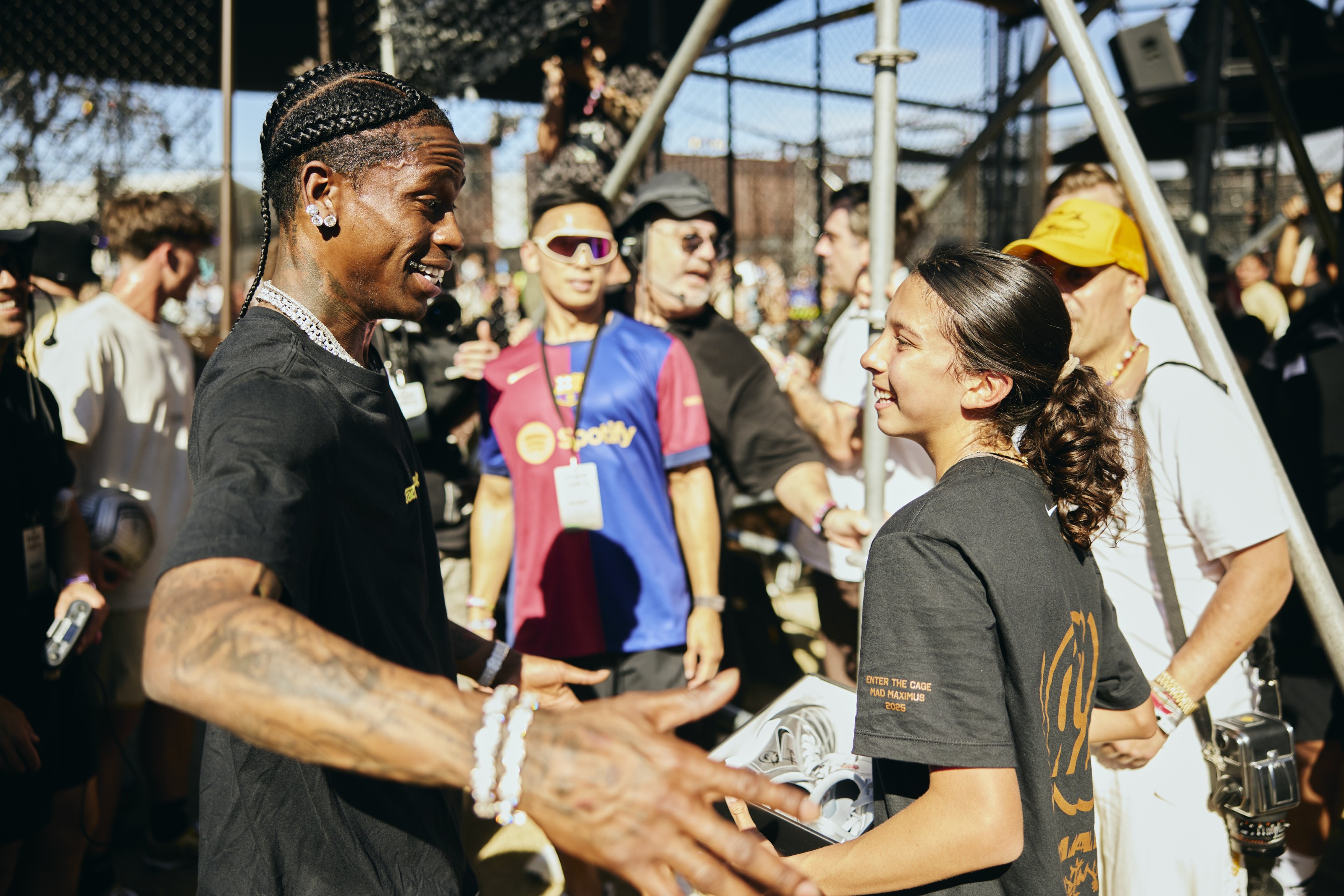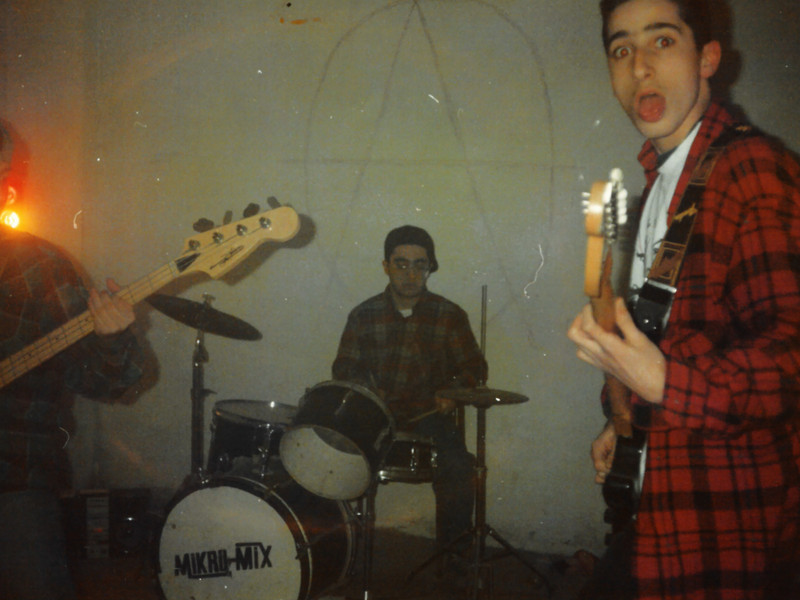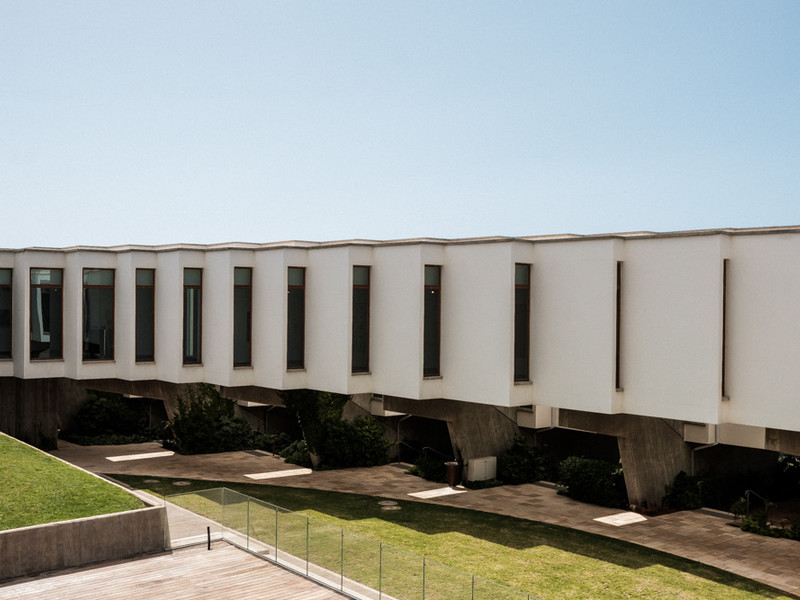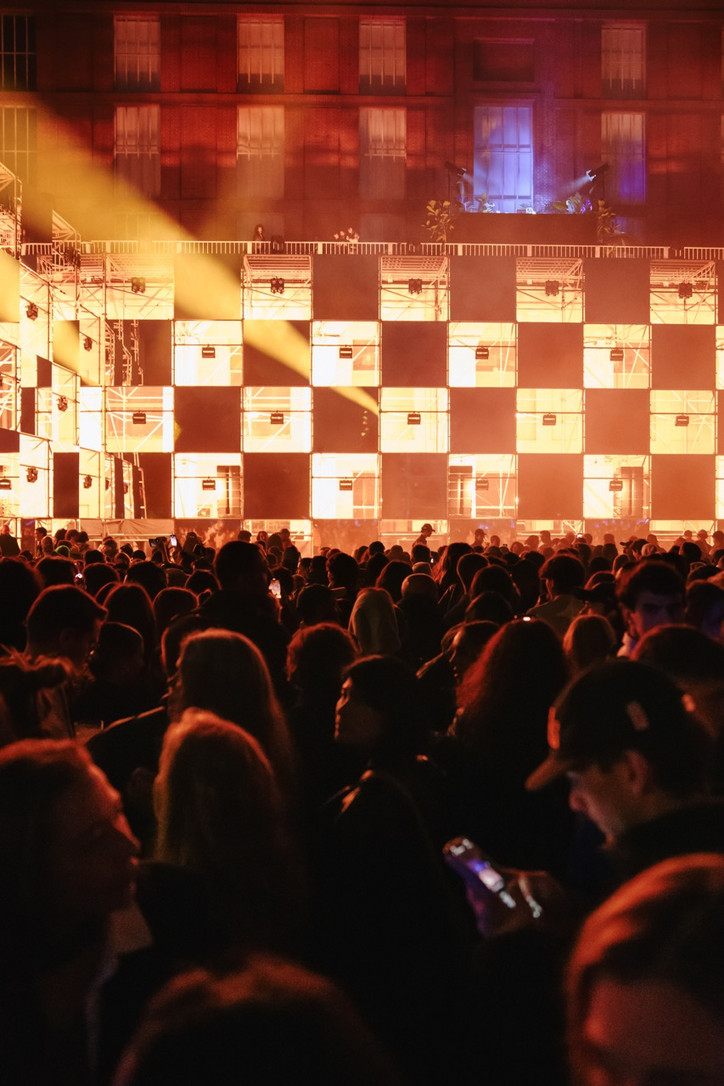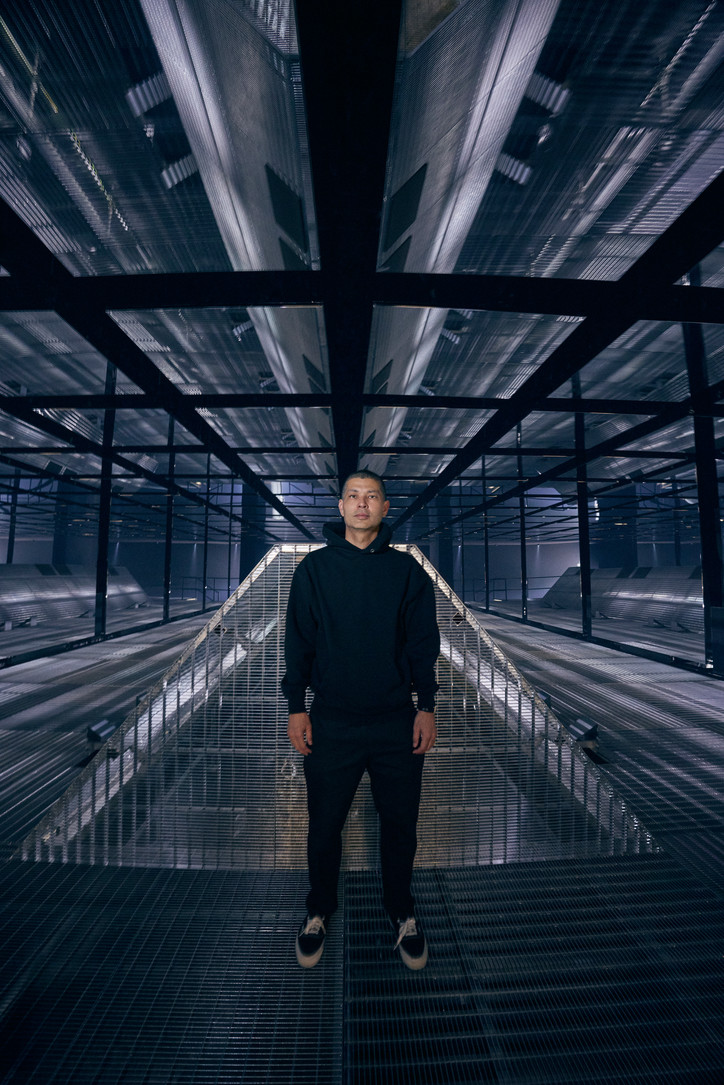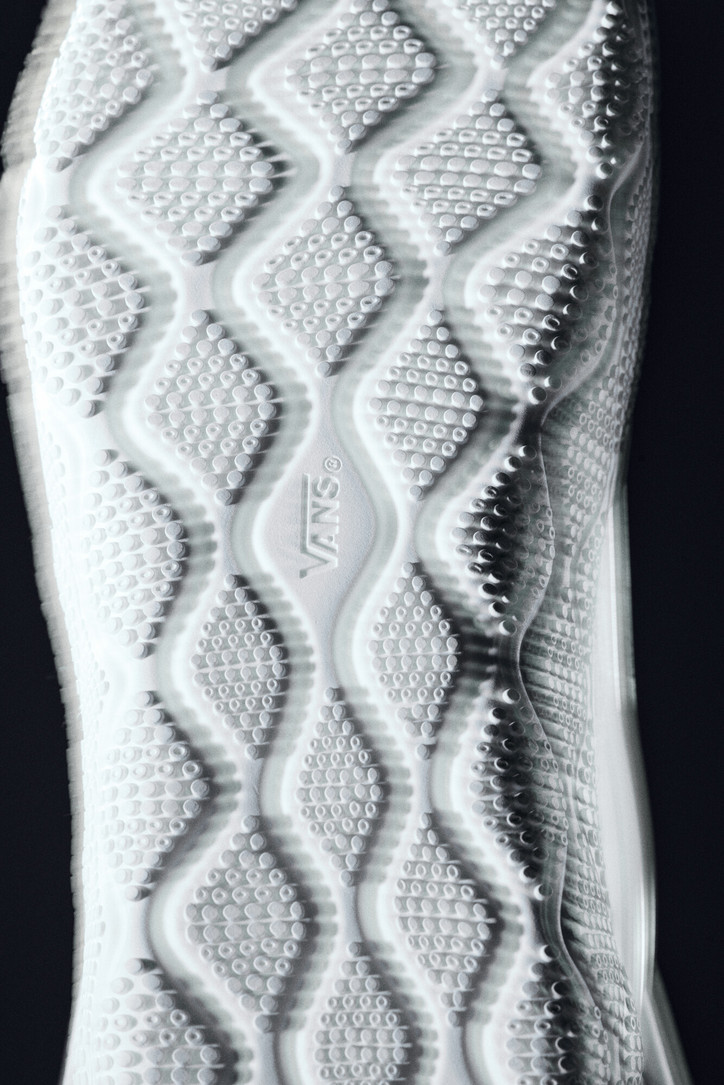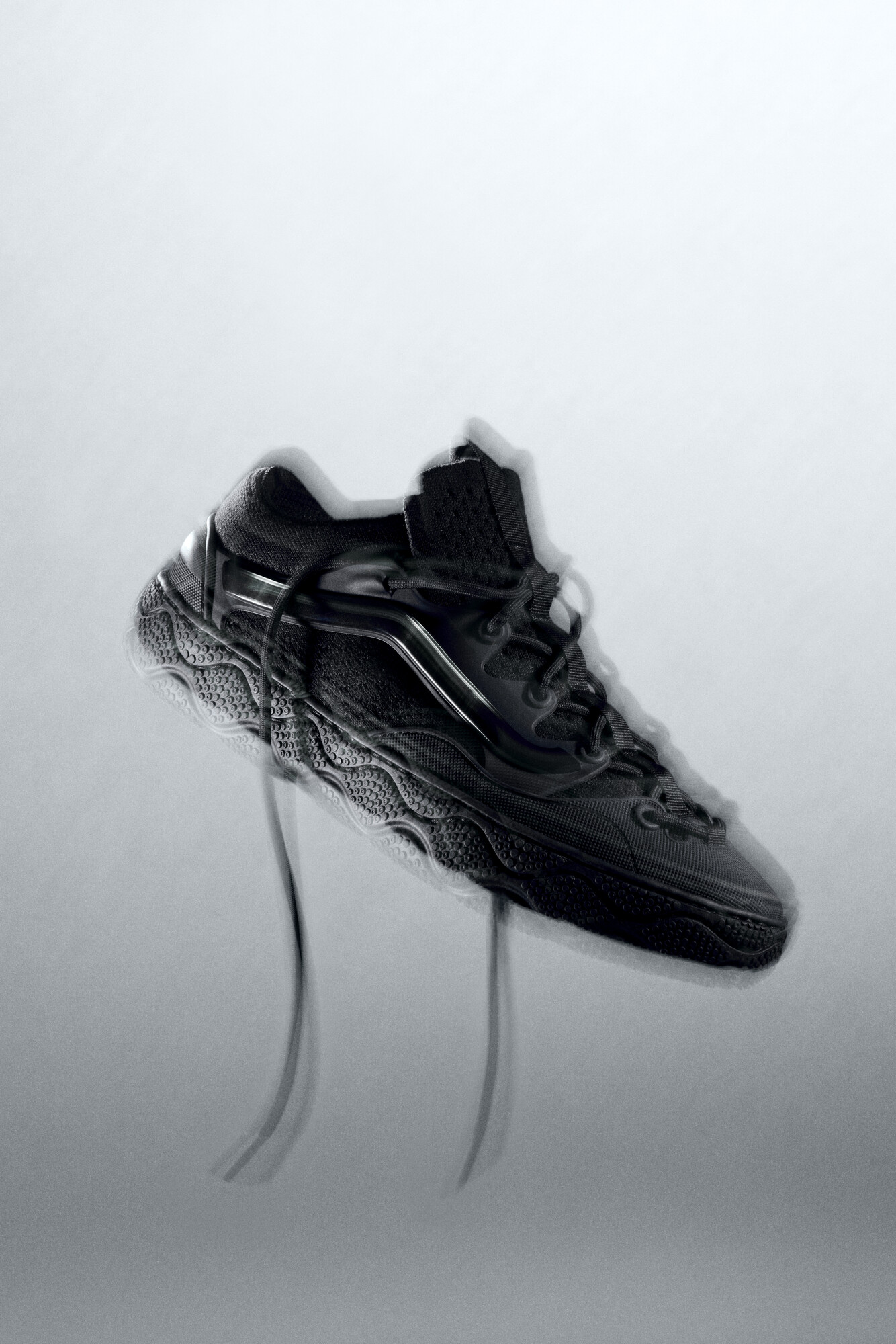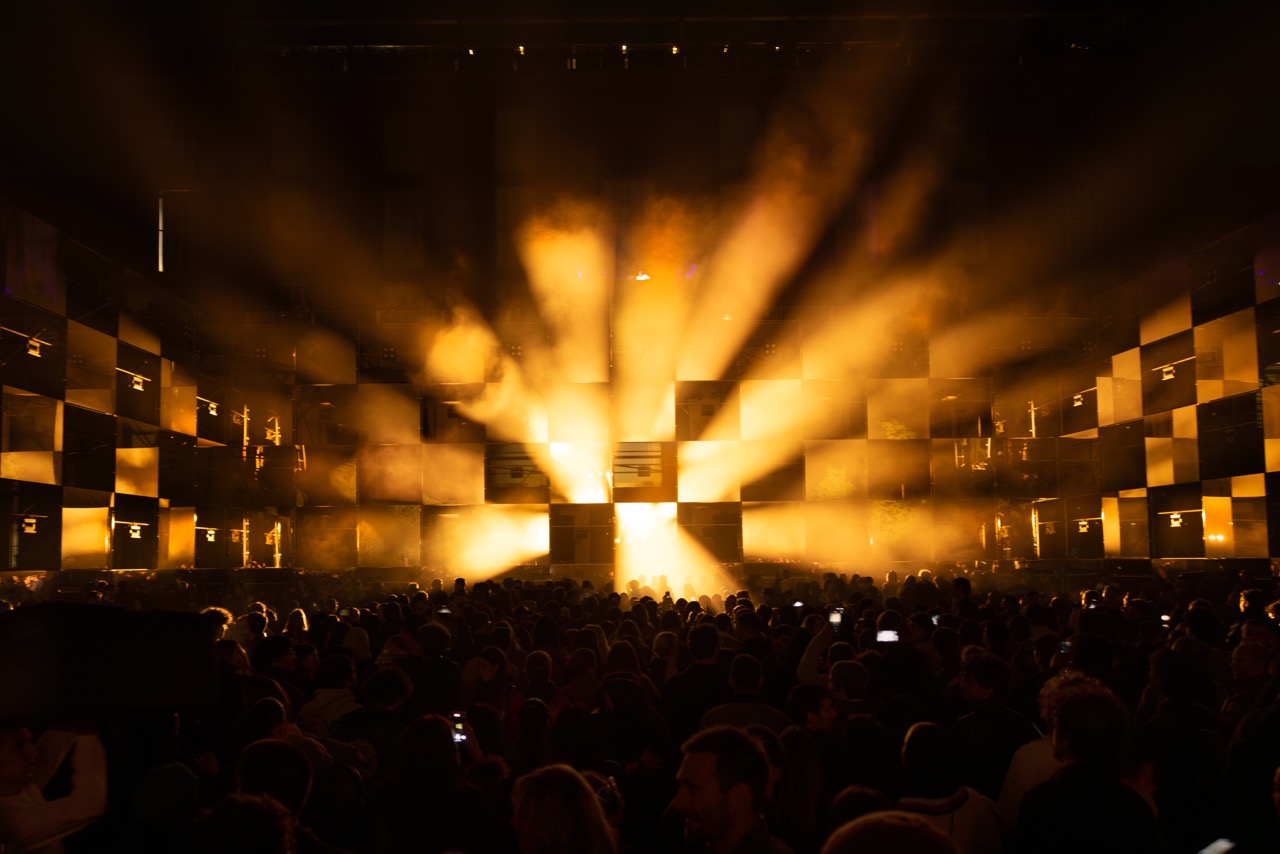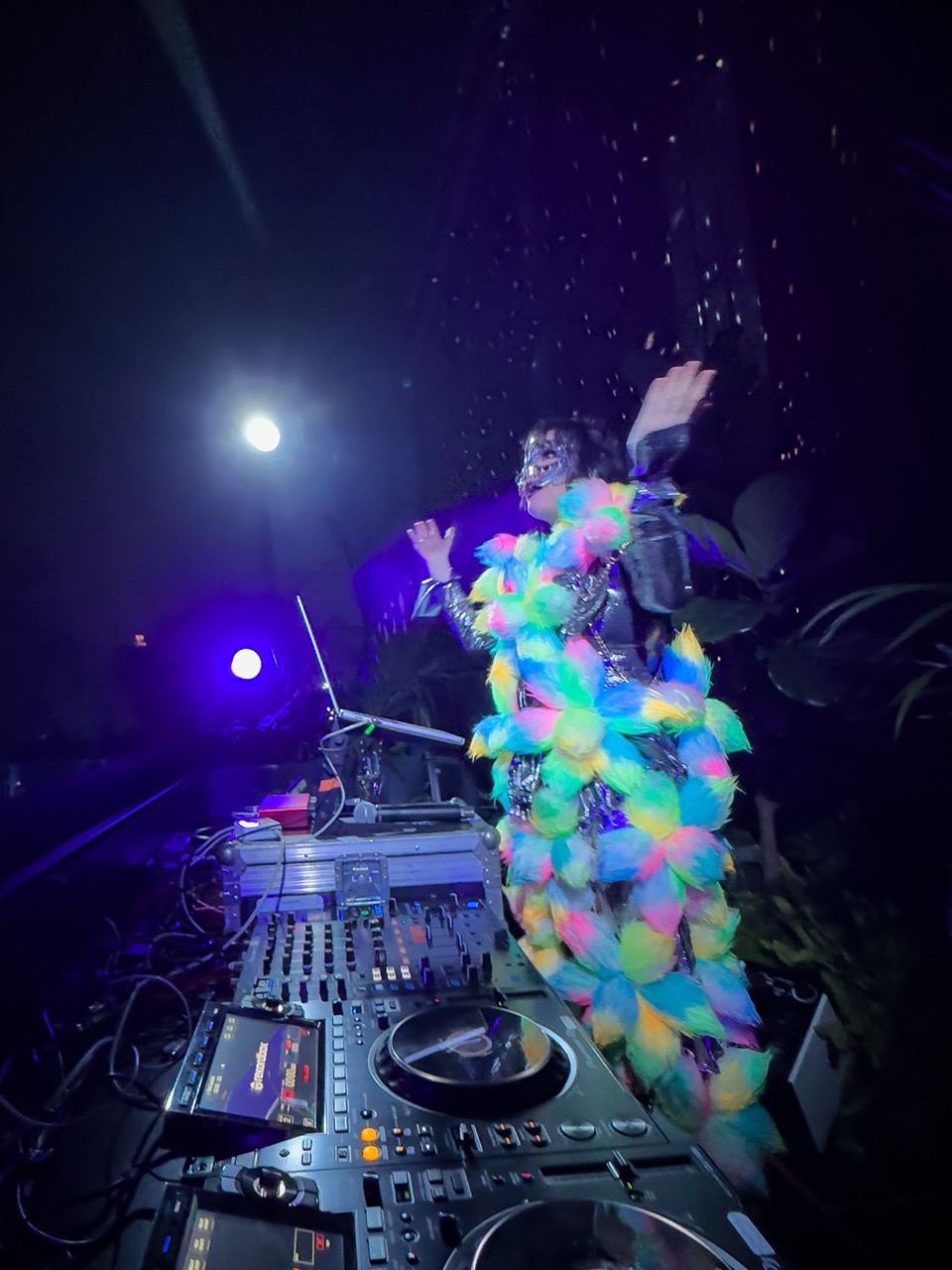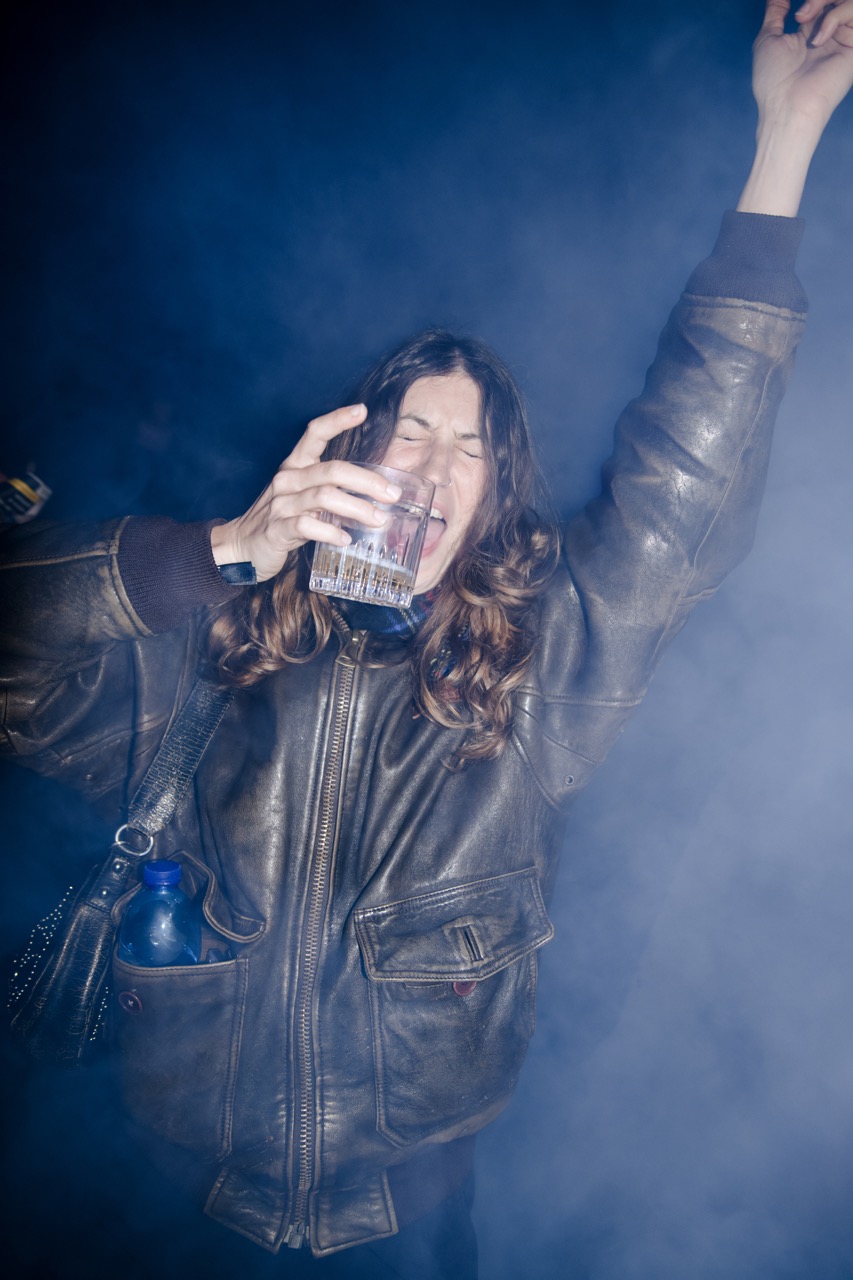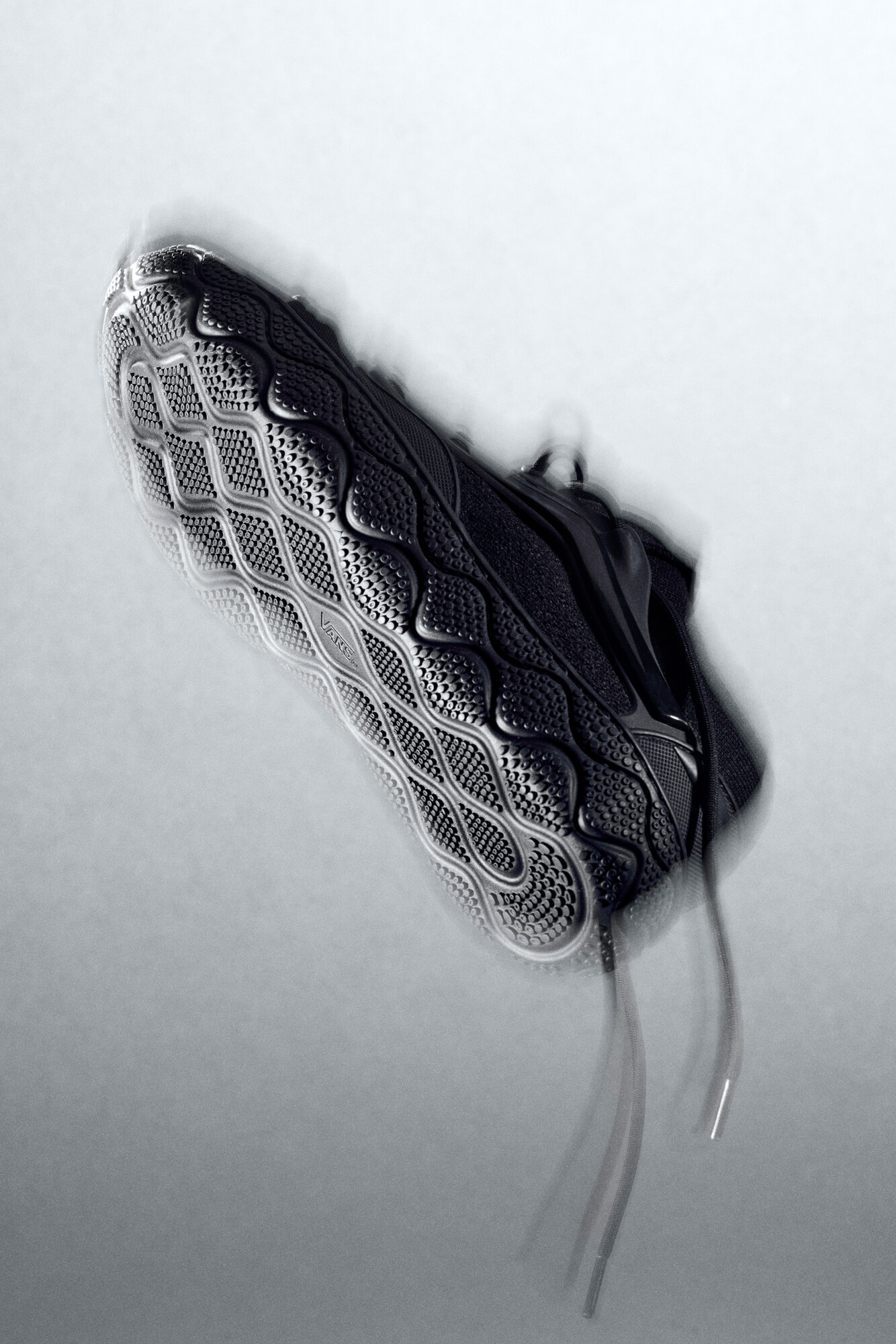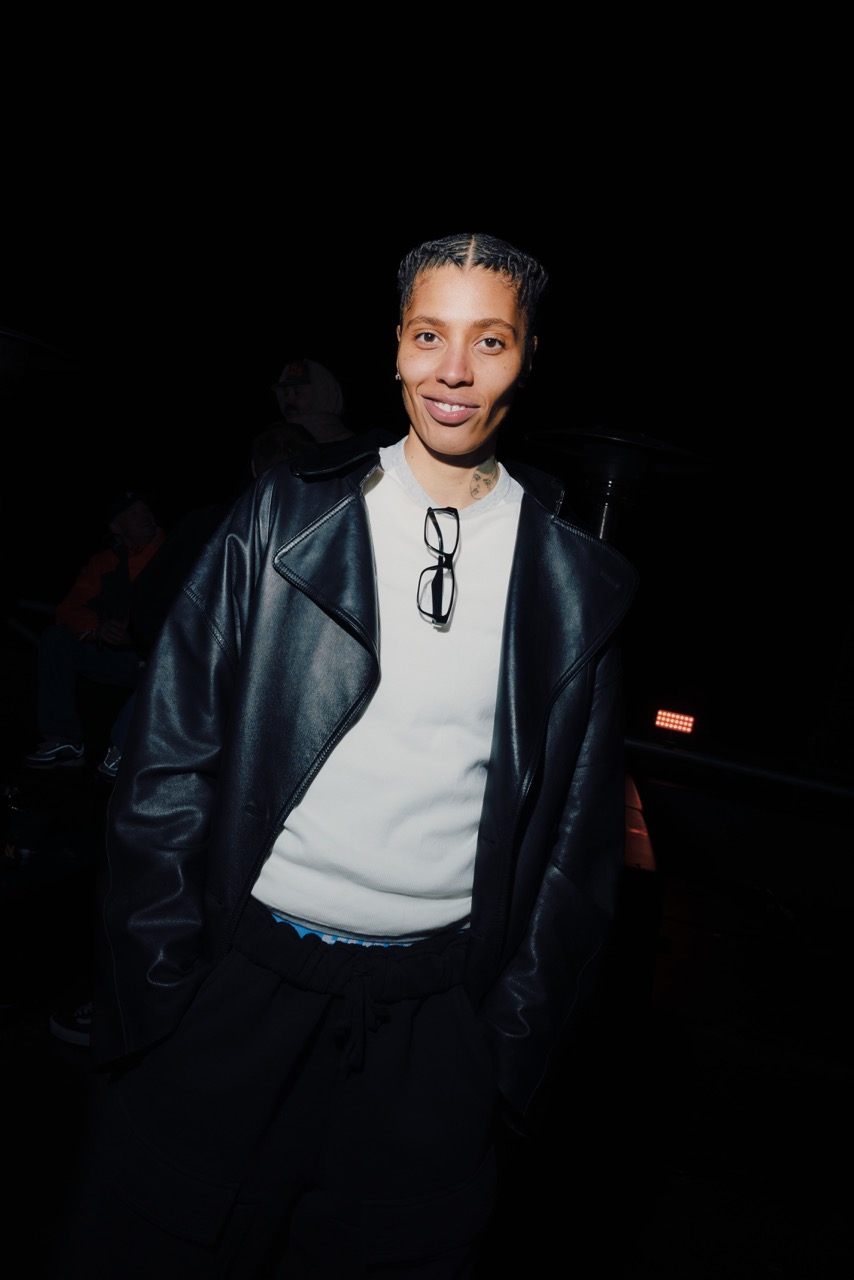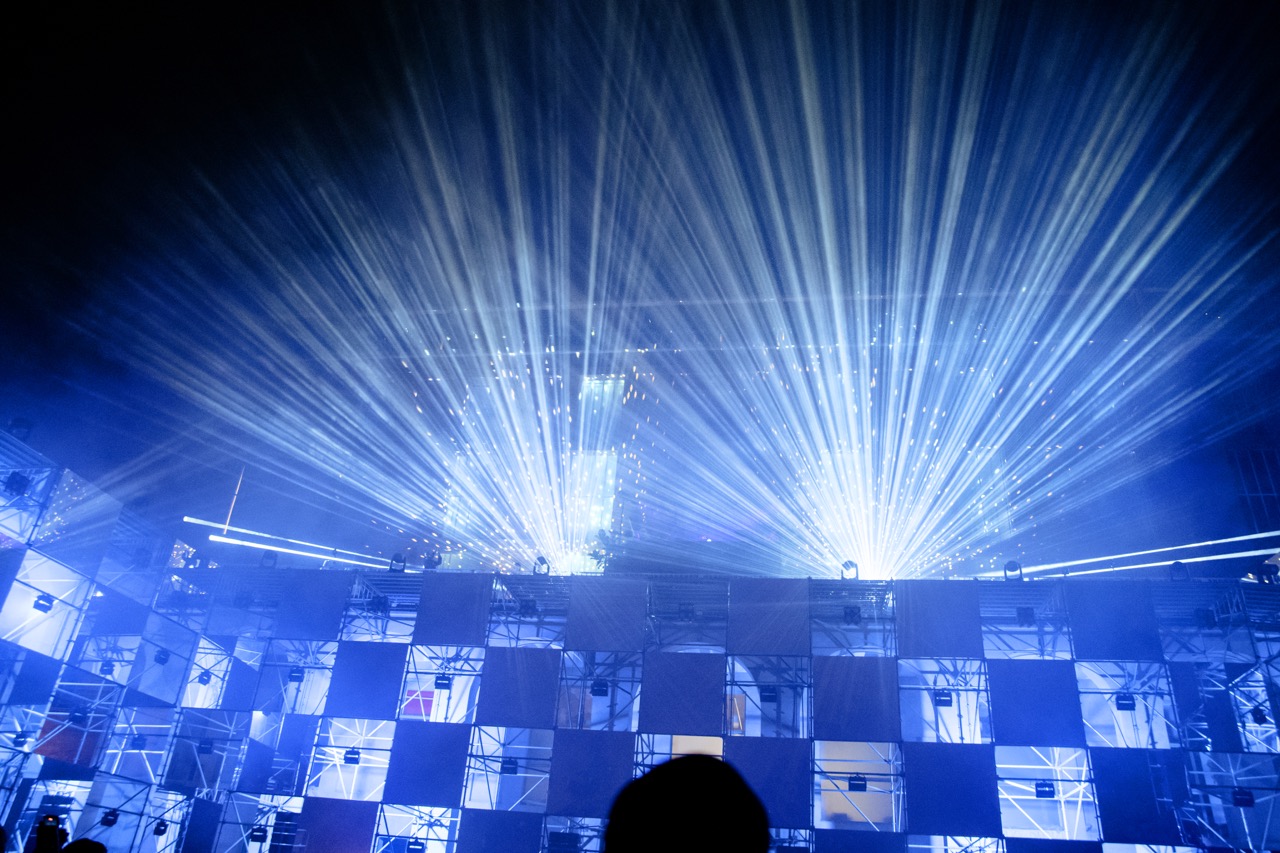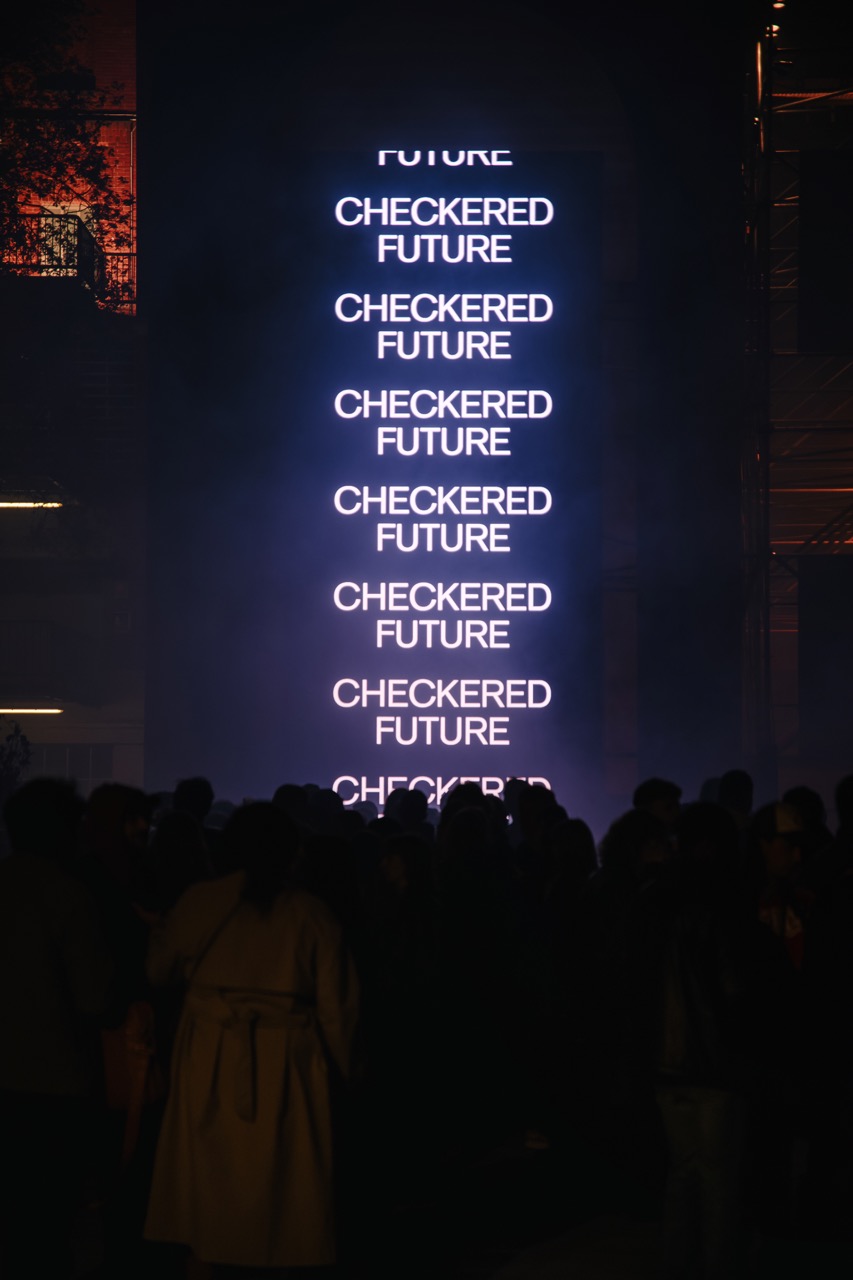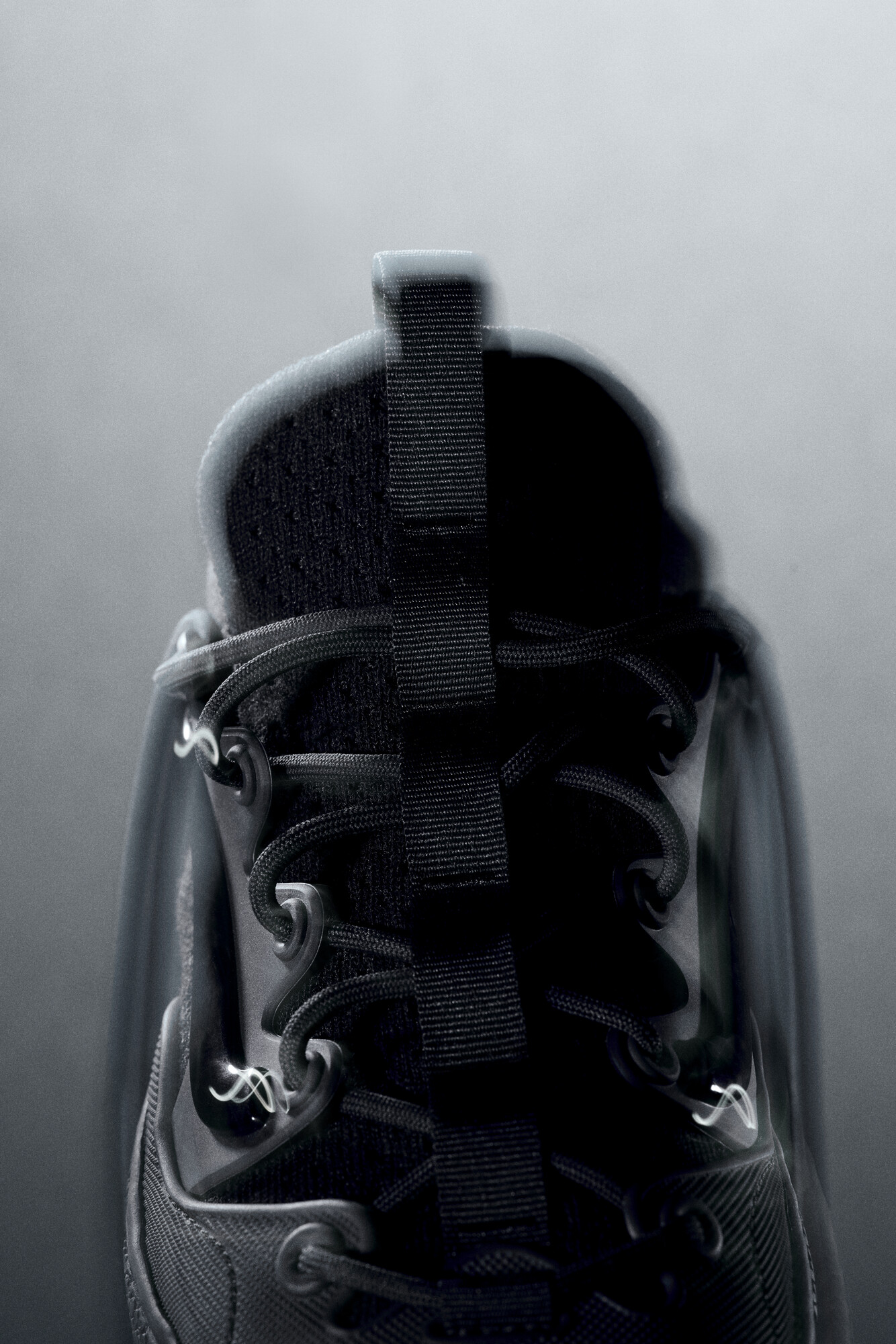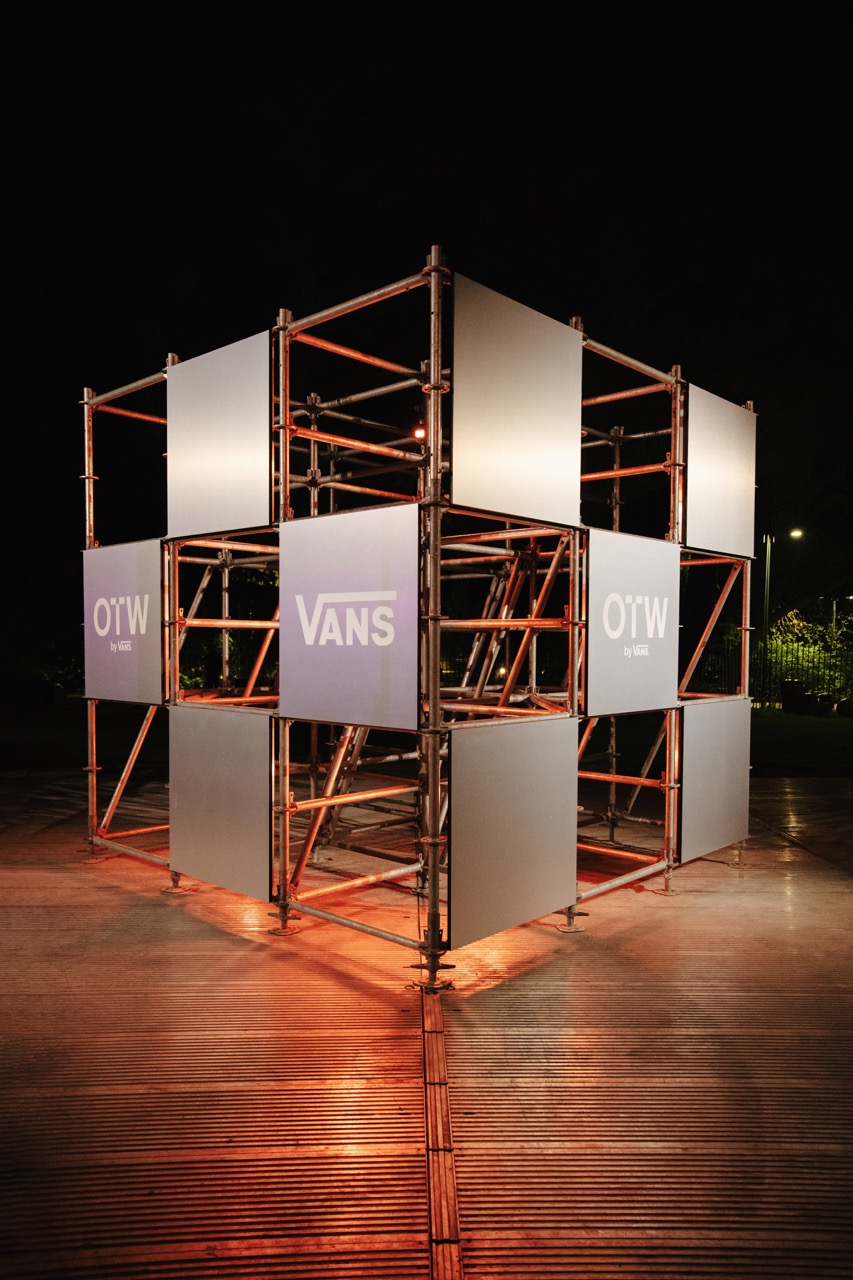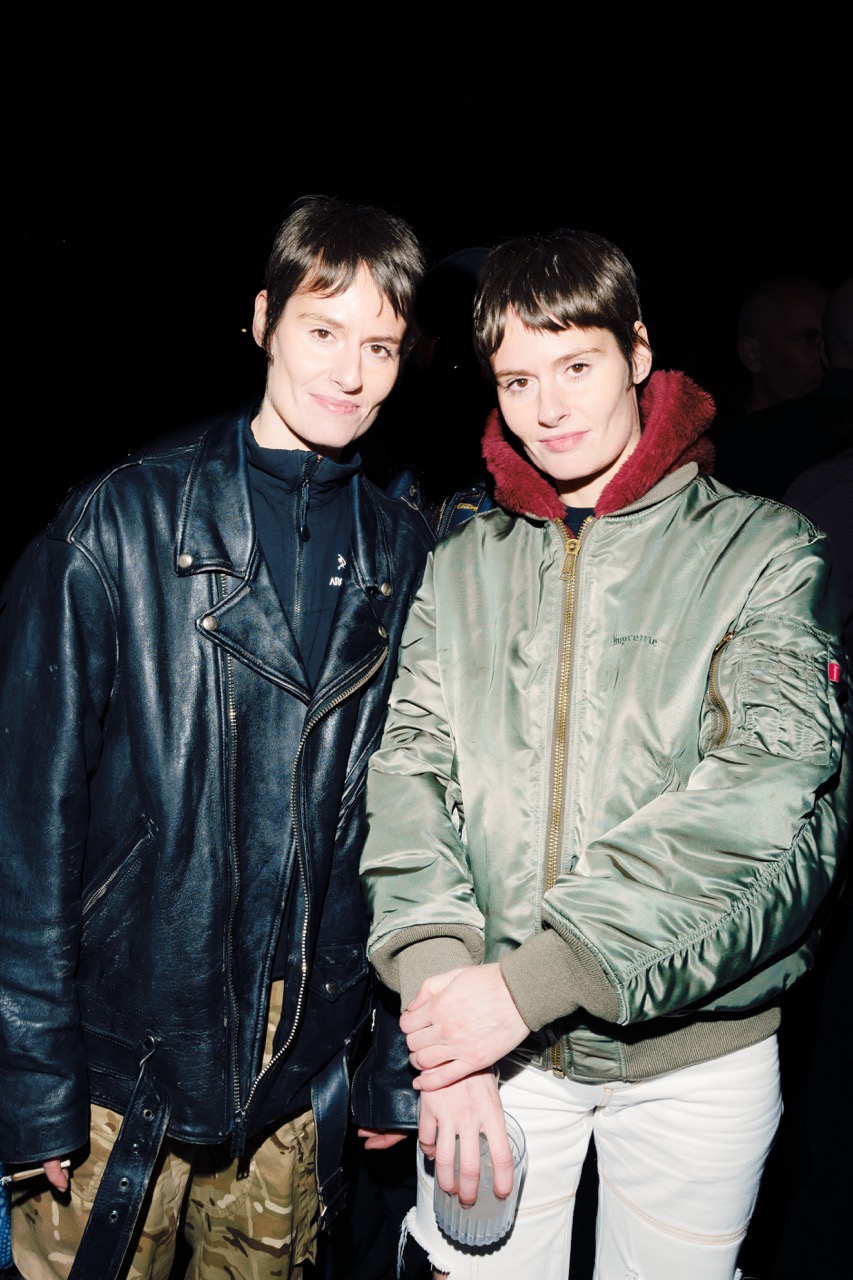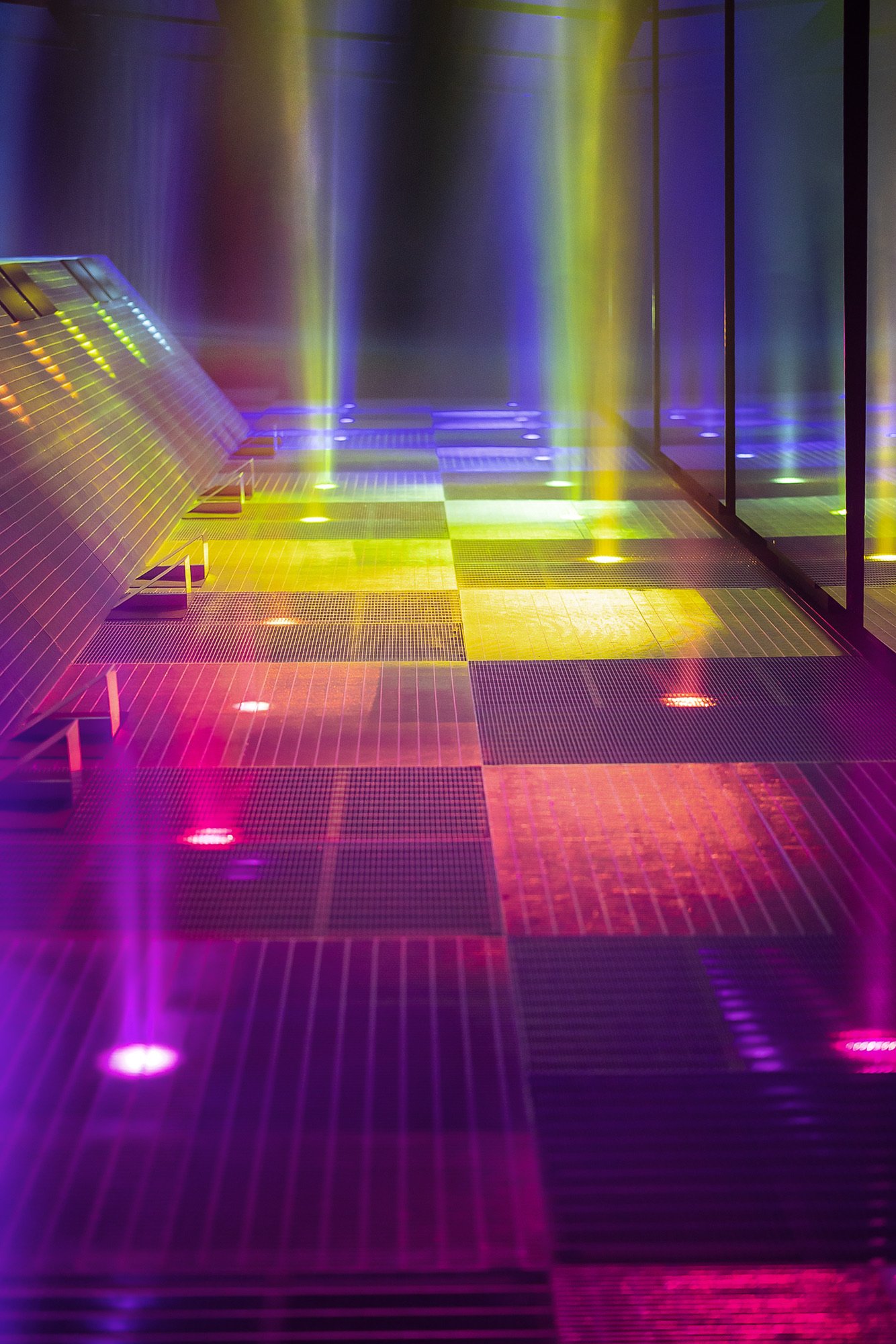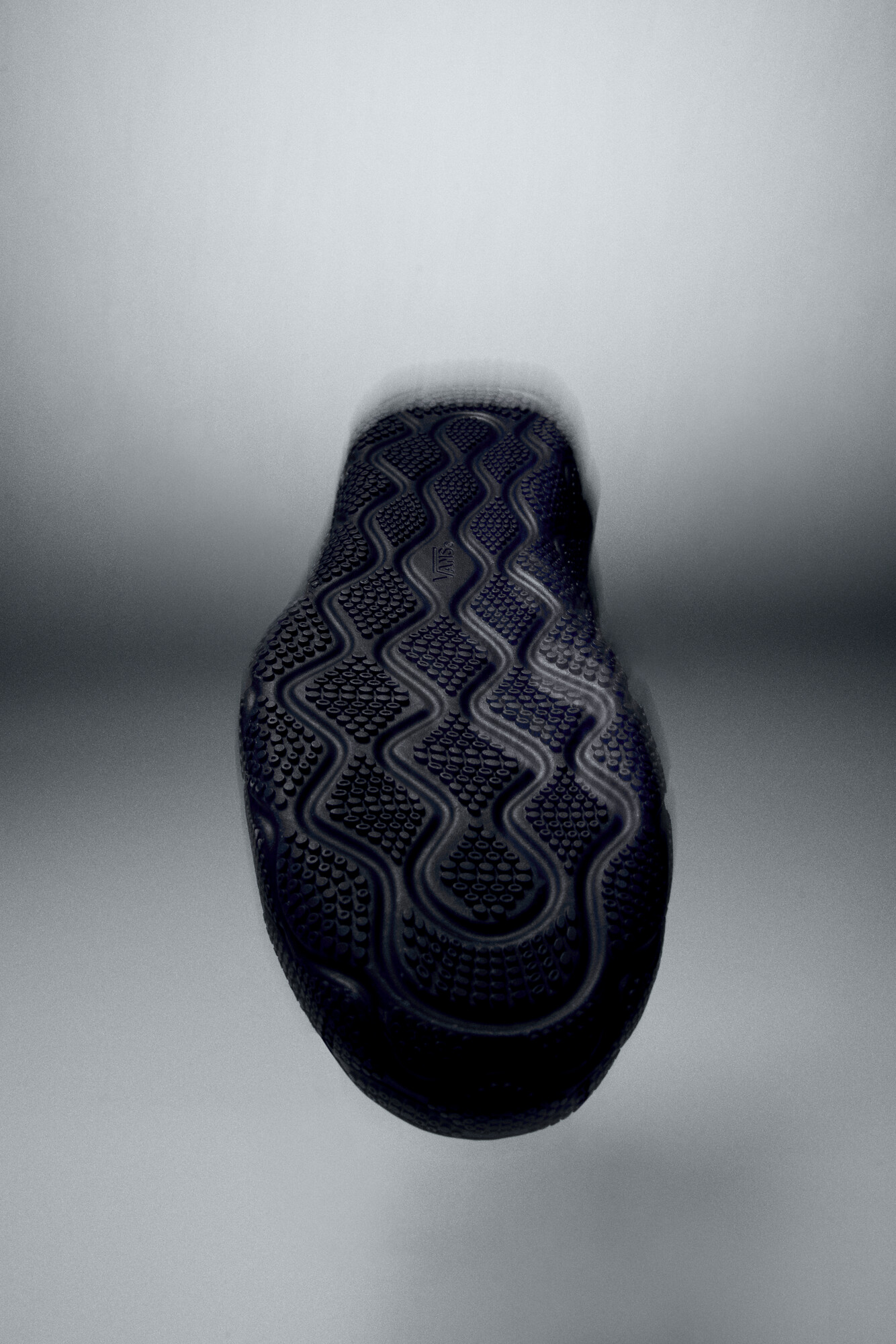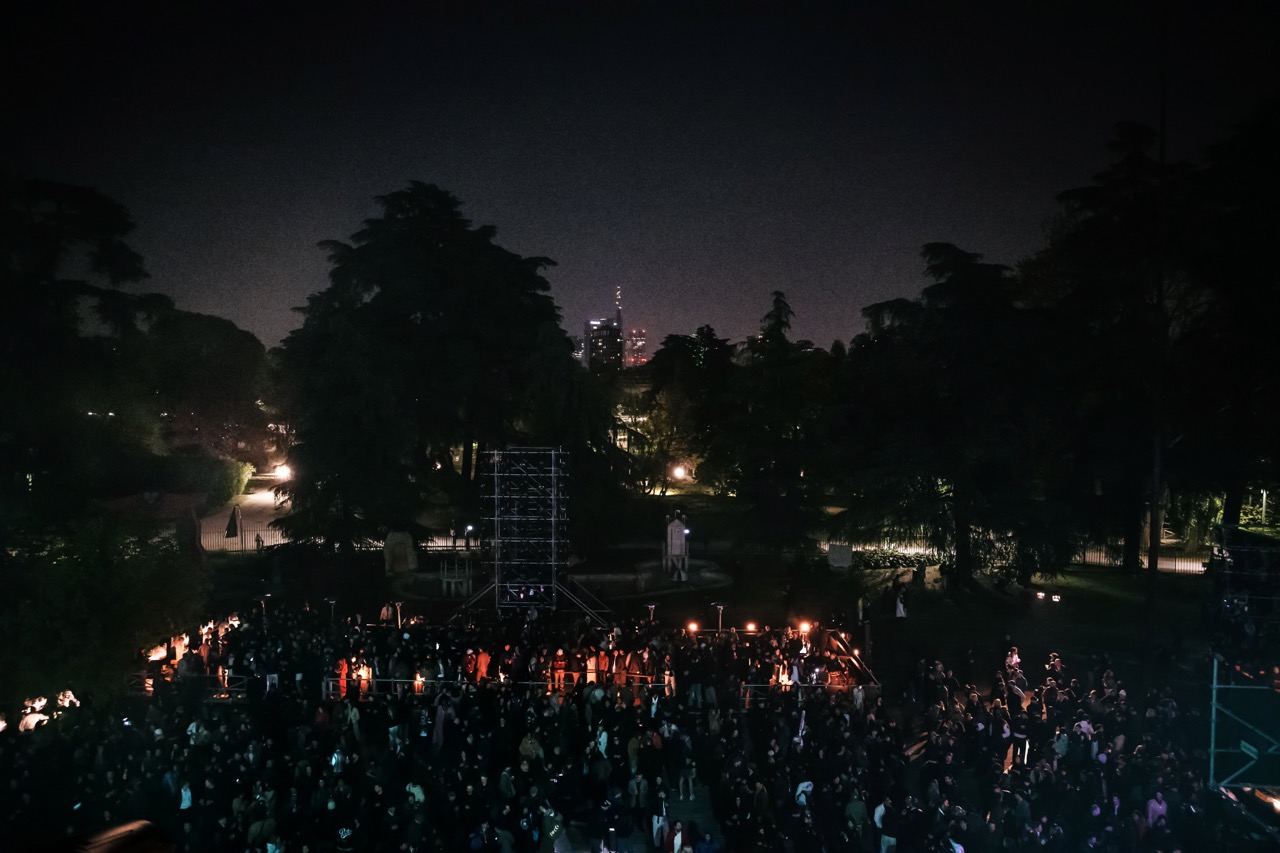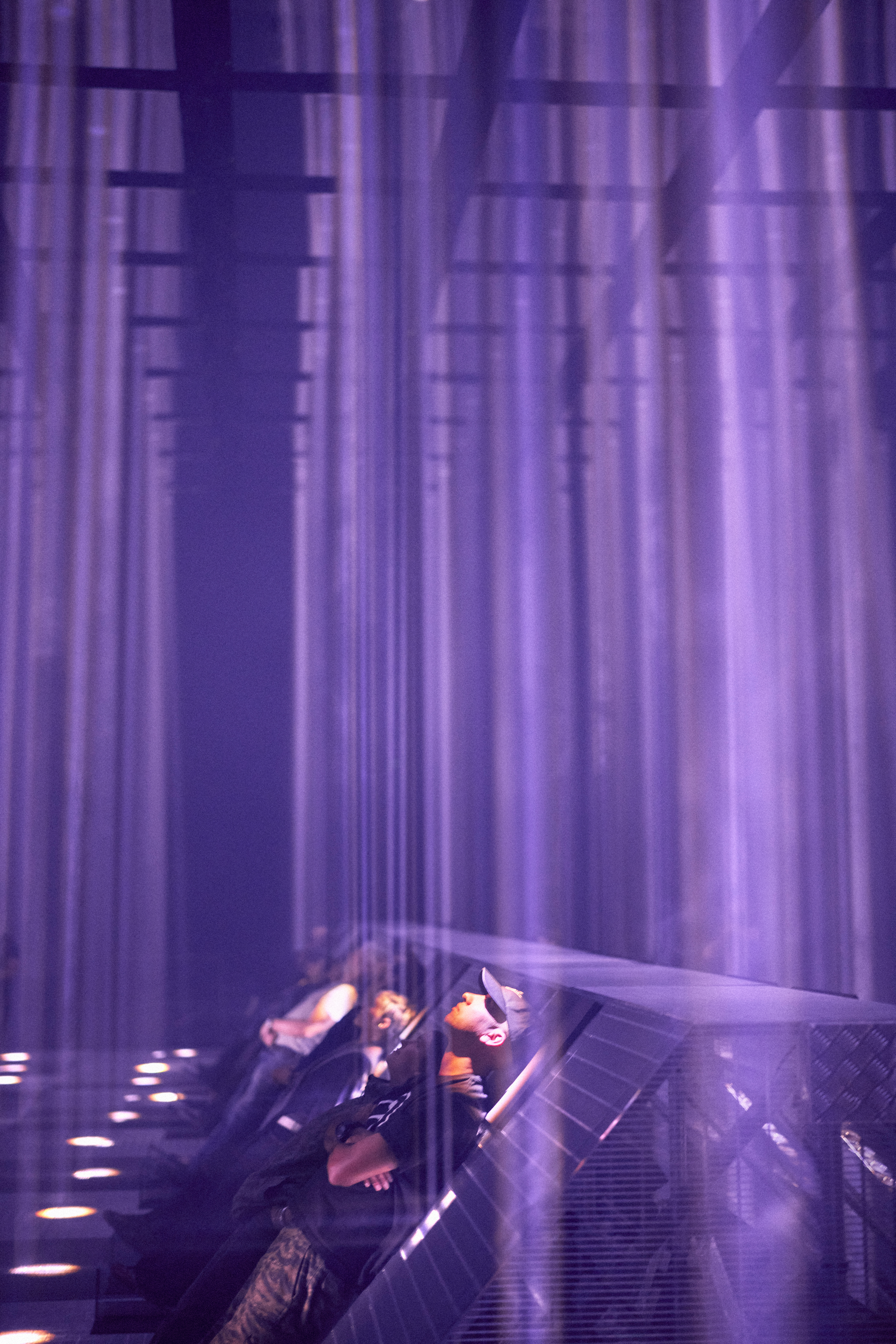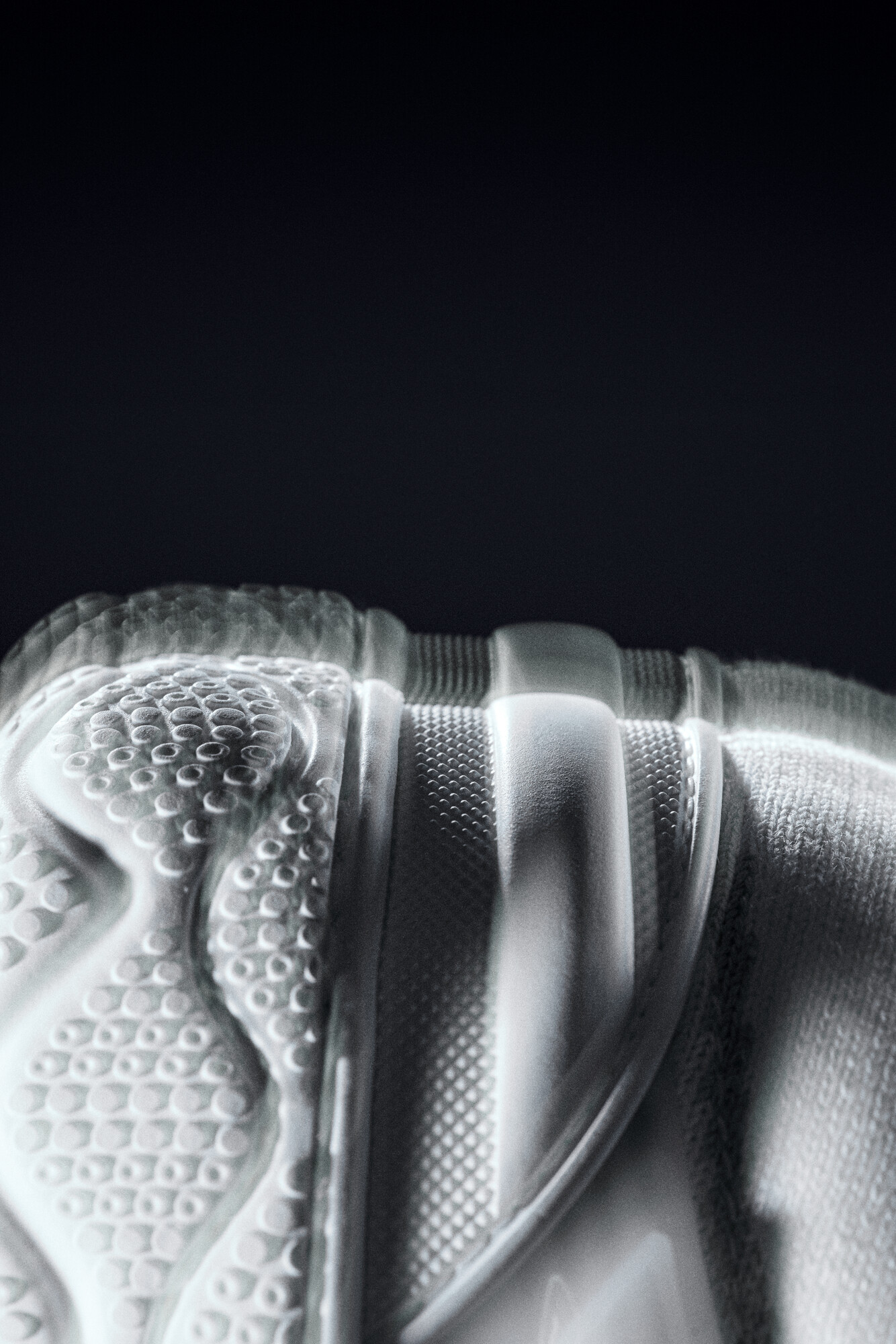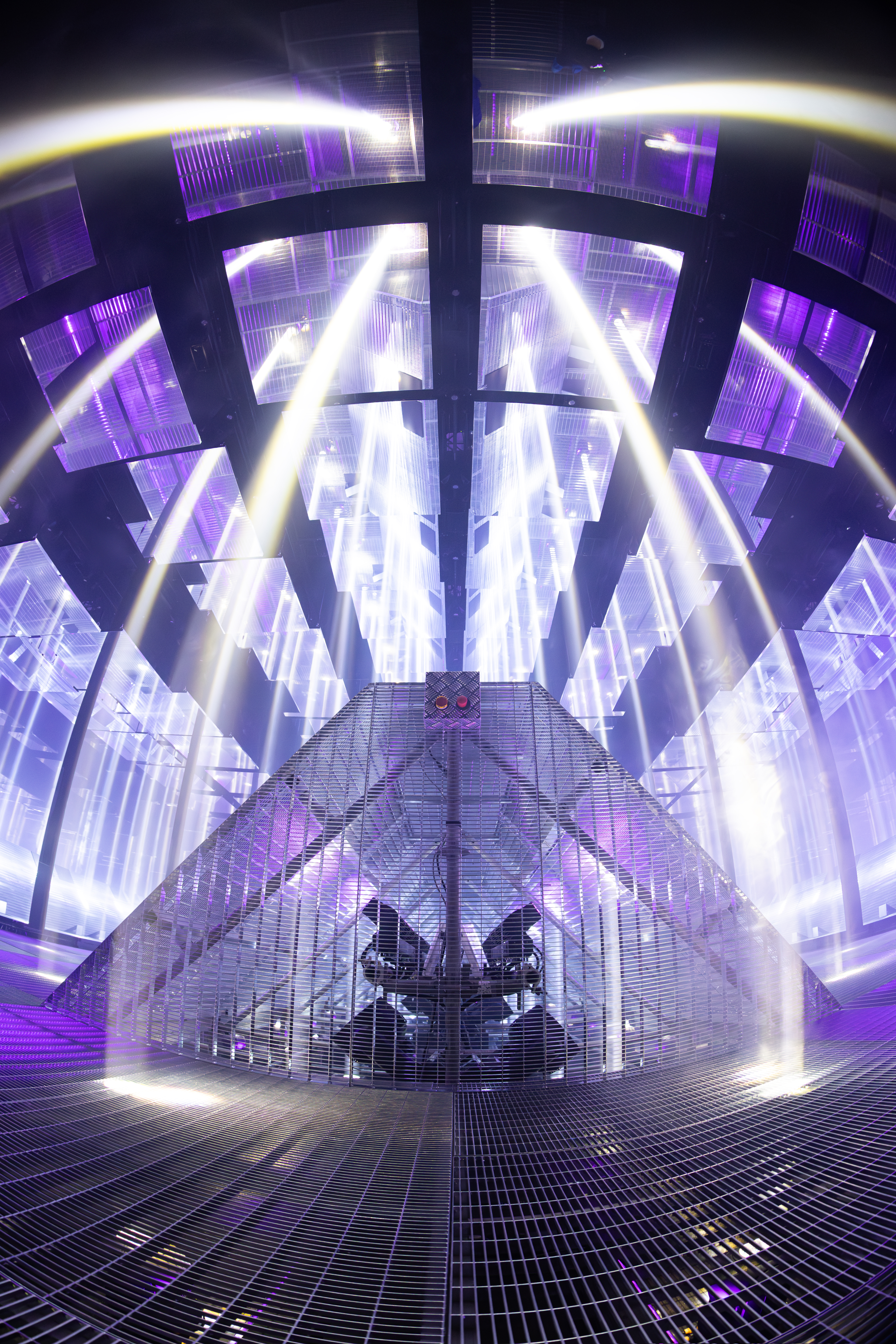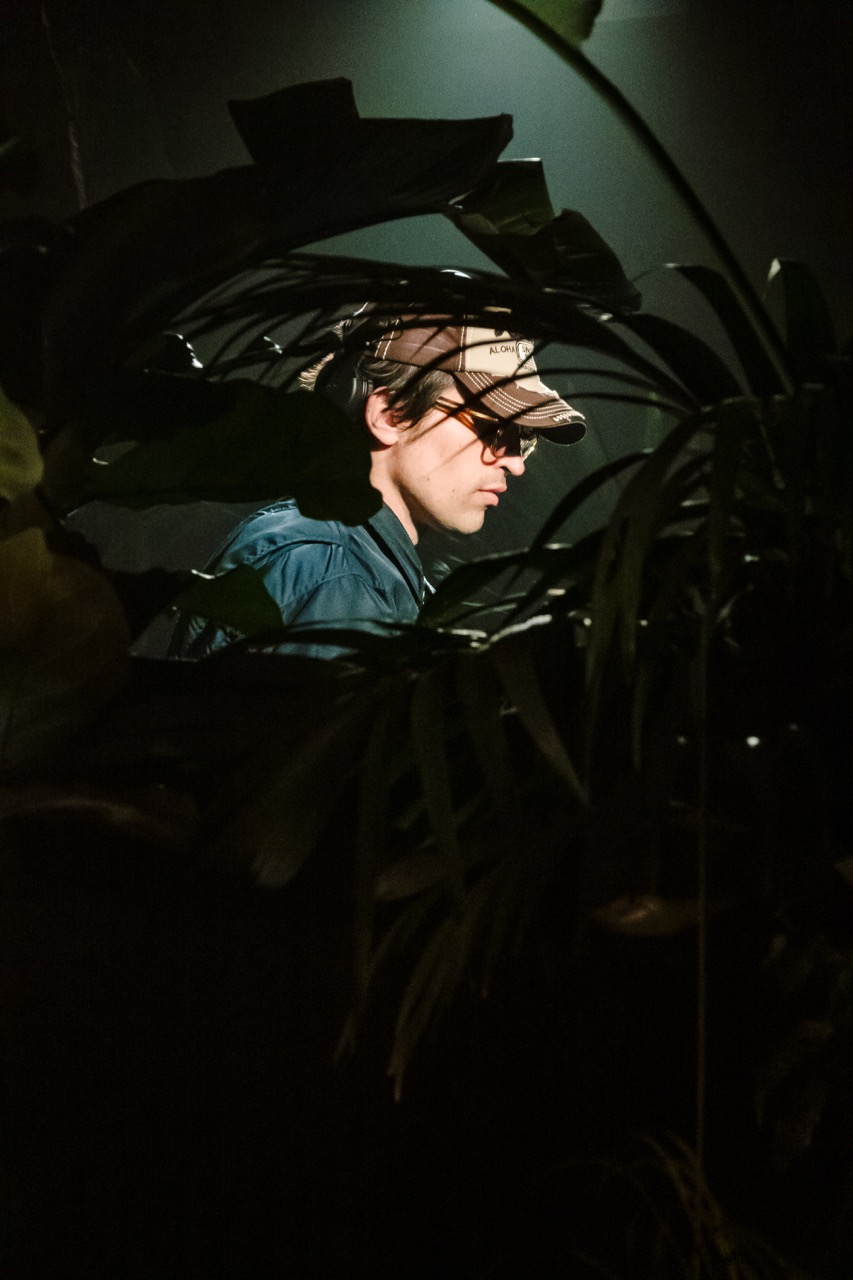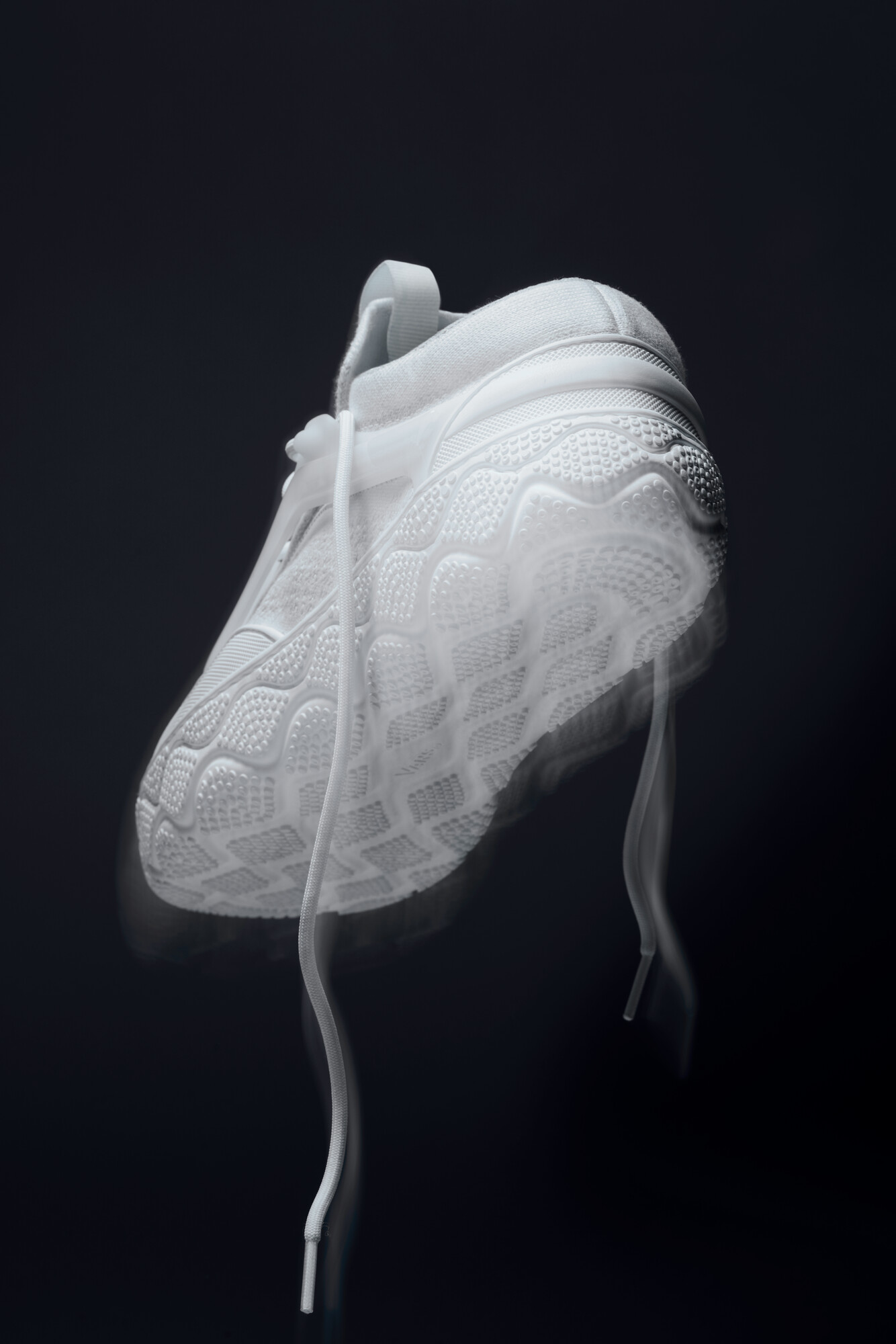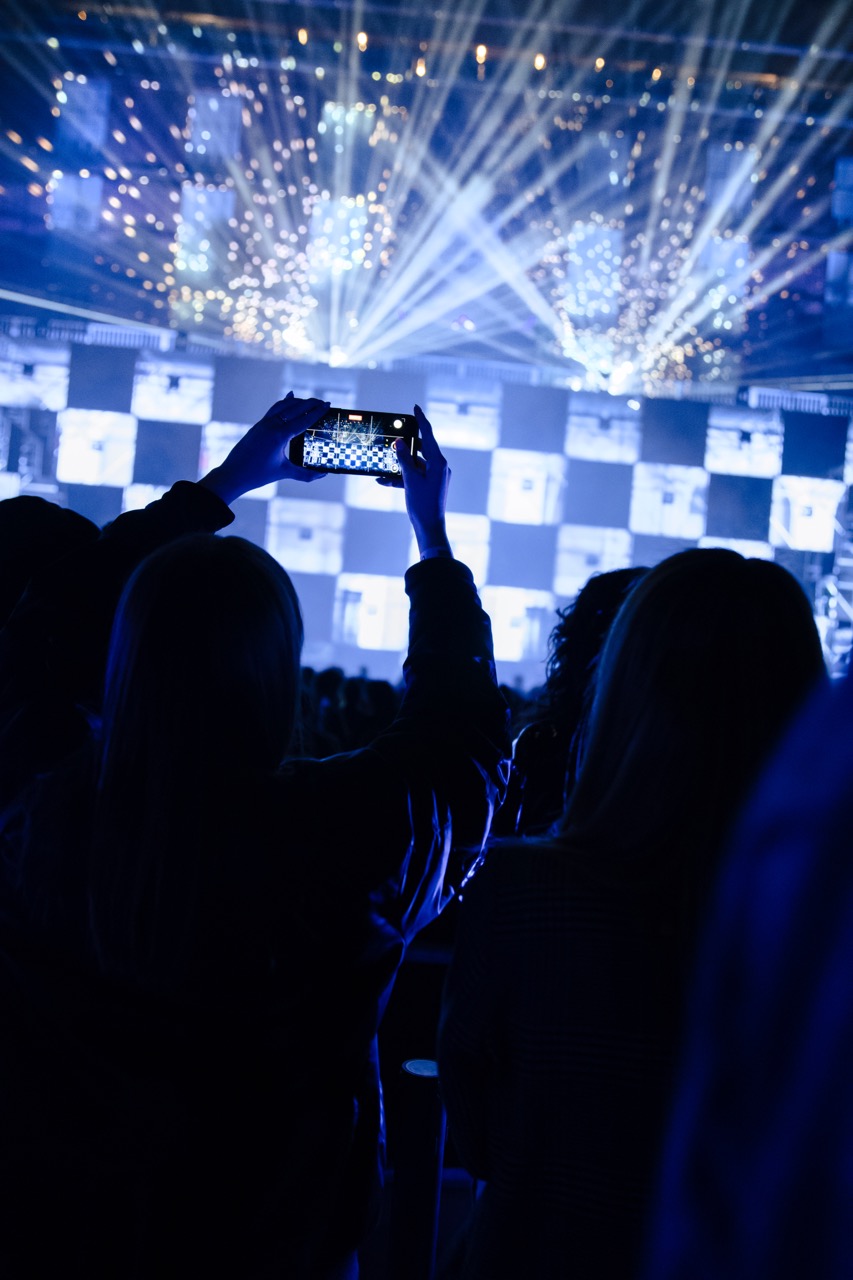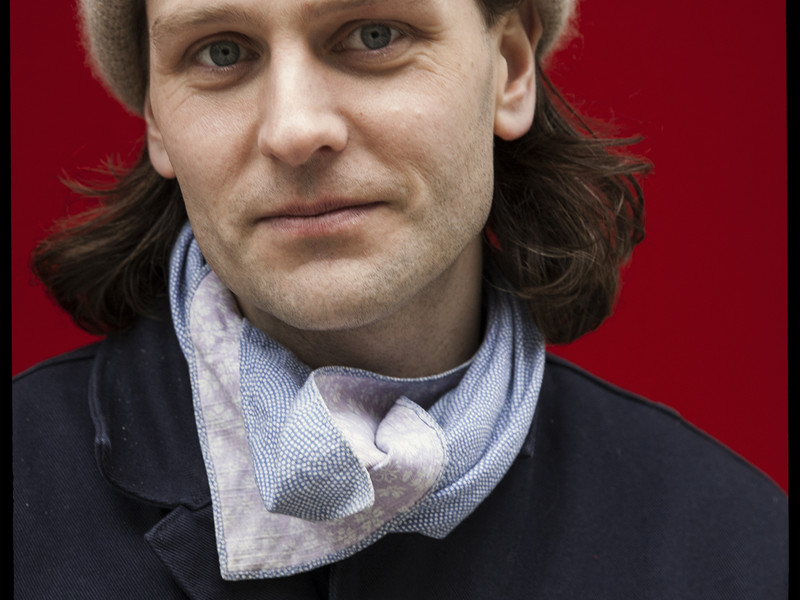Nick Sethi's Roots
Printed in New Delhi, the 432-page explosion of vibrant imagery is the result of ten years worth of trips to India by Sethi who is American by birth, Indian by heritage. Though there is no set theme, the book touches upon gender, technology (lots of face swapping in there) and creeping westernization (you can spot some incredible rhinestoned bootleg gear imitating brands like Louis Vuitton and Nike). The book's title is the name of a traditional Indian dish, which has various spellings and ever-changing recipes, yet is a staple throughout the country. Similarly, Nick's work in the region reflects the tension between tradition and the threat of constant change.
Read our interview with Nick below, and check out some visuals from the photobook.
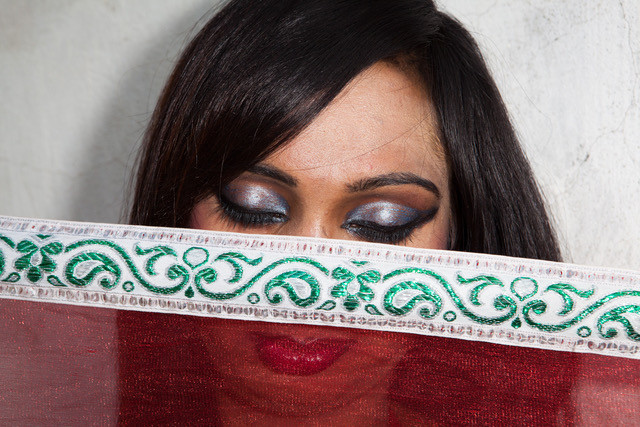
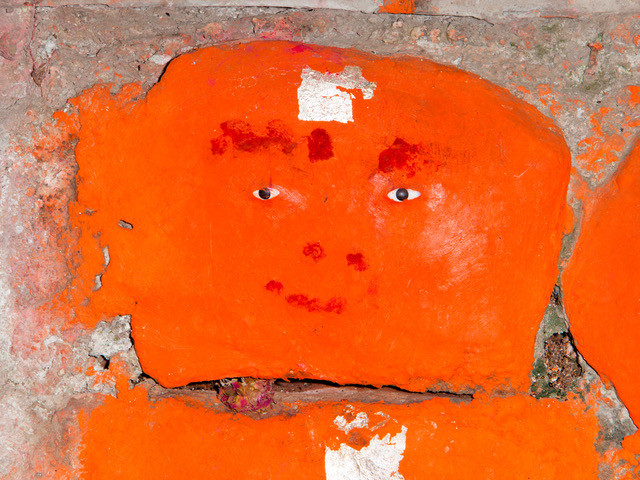
Where are you from? What was your upbringing like?
I was born in Maryland, and grew up in Florida. I was always into punk and hardcore, and spent most of my time at shows or touring with bands. When I was 17, I moved to India for a year before moving to NY, where I’ve lived since then.
When were you first intrigued by India?
I’ve been going to India since I was young, but as a kid I never really liked it. Between leaving my friends for weeks, getting sick, and having to make up school, I never understood why I was going. That being said, I think I was always intrigued by it because much of the work I do now stems from things I remember seeing when I was young. When I lived there at 17, I started photographing to try and connect with the country and people (since we didn’t speak the same language). It was then that I really started feeling a connection and need to explore the country. Now I feel so grateful to have those early experiences since I think they really influenced what the project became.
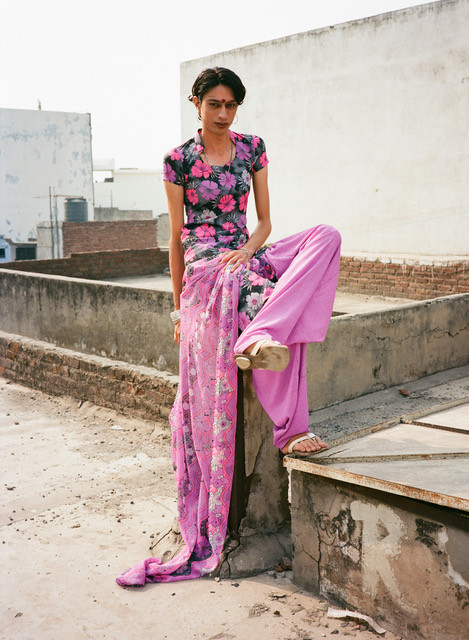
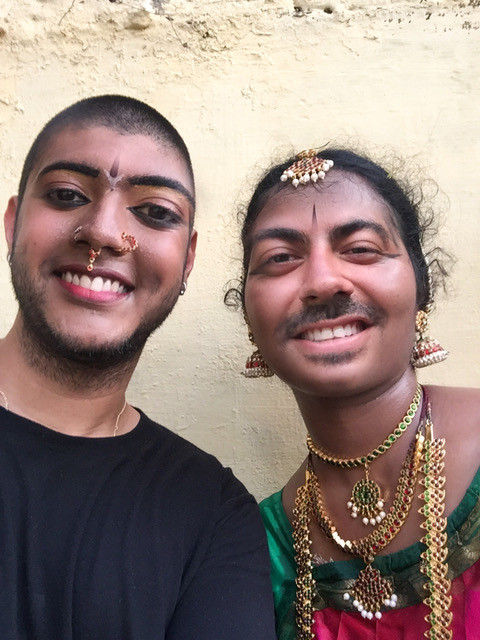
Tell me more about when you first started connecting with India via photography.
The first time I went specifically to photograph was in 2011. The trip was amazing, and it really set the tone for the whole project. Soon after I landed, I met a 6-year old kid named Bobicol who lived on the street with his family. He loved getting his photo taken, and we started hanging out every day taking pictures together. He didn’t speak any English, and I didn’t speak Hindi, so we just relied on physically showing each other stuff to communicate. Working with him really opened me up to this serendipitous way of working; just going out with a camera an open mind and seeing what happens. I’m happy to say that he’s 13 now, and I still see him and we make work together every time I go back to New Delhi!
What else continues to draw you in?
It's really the most interesting place on Earth to me. Every time I think I start to understand something about India, one million new things come into play, making it more confusing and more exciting. Its rich and complex history makes it so things can support and negate each other at the same time, which I find really interesting. Plus it's just insanely vibrant on both a visual as well as a cultural level.
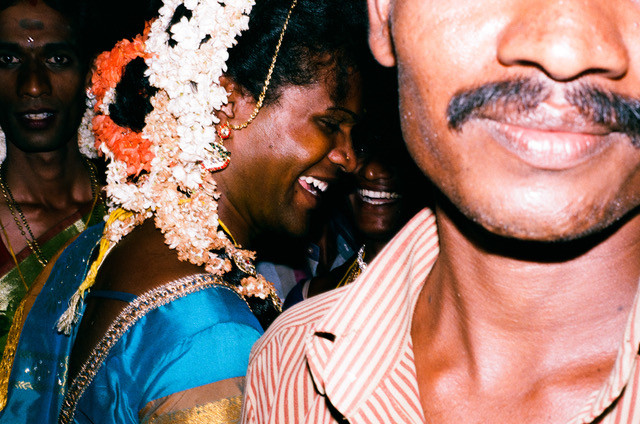
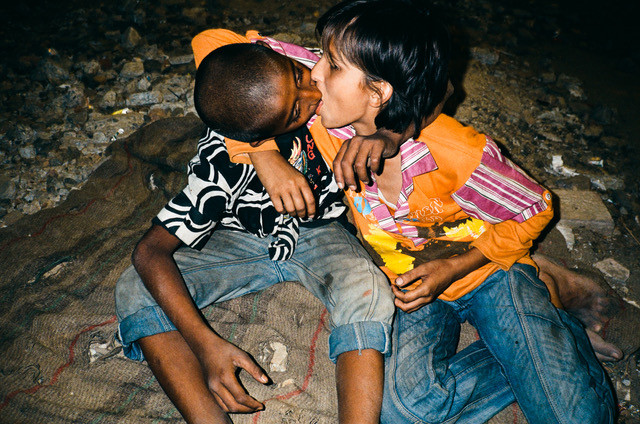
Tell me about working for Terry Richardson. How did that come about?
When I first moved to NY, I didn’t know much about photography, and was working at Vice. Through looking at the magazine, I made a list of people I wanted to work for, with Terry being at the top. I didn’t really know about studios, and first and second assistants, etc… and just decided to email people cold. Eventually a friend put me in touch with his studio manager, and it was the right place right time for both of us, so I started working there the week after.
What was the experience like?
It was great. He and his whole crew always treated me well. At this point, he was shooting mainly huge fashion campaigns, not really any personal work. So I got to travel the world and be part of a very small crew doing huge shoots. Working on the Lady Gaga book with him was definitely a highlight, since we got to tour with her for a few months.

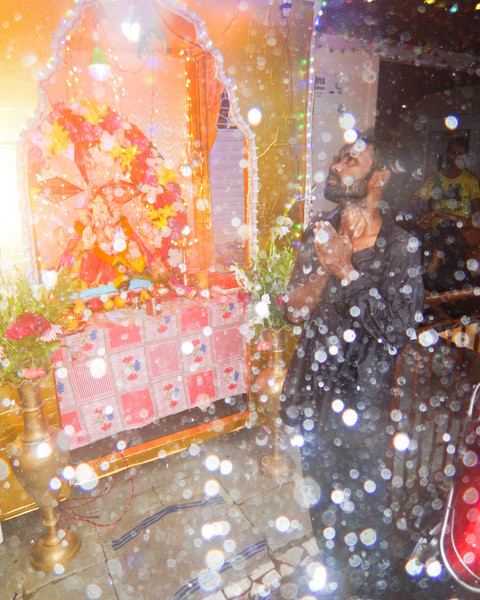
How long have you been working on your new book Khichdi (Kitchari)?
The first images in it were shot in 2007. So unknowingly, I’ve been working on it 10 years. 2011 is when I first started seeing it as a project, and eventually started taking more and more trips there. Every time I came back from a trip to India, I thought I had enough material. But when I started to edit, I knew I was missing things, so I decided to go back one more time. This happened like six times haha.
What were your goals with it?
Honestly, I never really set out with any specific goals. There were definitely subjects I wanted to explore, but other than that, I wanted to let the project kind of build itself. It's been a decade of growth (for the country, me, technology, westernization, culture, etc.), and I wanted to let those things inspire and guide where the project went. Also, from my personal experience, India works best when I don’t try to control the situation too much. I tried to work this feeling into the book as well, both in the layout and production. I collaborated with my friend Brian Paul Lamotte on the design, and we both travelled to India to print it. By working with a local printer, it came out far different from our original idea, but only in the best way. I’m really proud of the physical book as an authentic and special object!
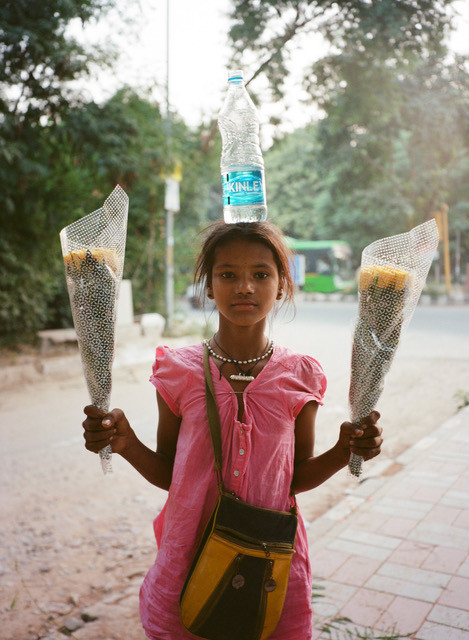
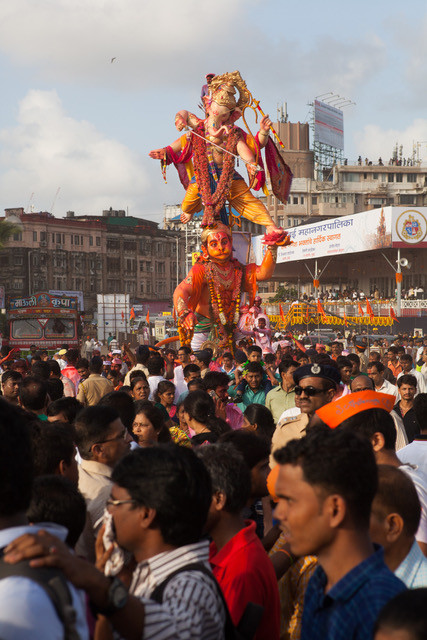
There were so many items displayed at Dashwood and Vitsoe. How did you get it all back to the States? What was the idea behind the curation and all of the items chosen to be displayed?
It all started with these different objects I’ve been collecting and making since I’ve been traveling there, some for myself and some as reference. Obviously I love taking photos there, but sometimes I came across objects with a certain feel or smell or texture that couldn’t be duplicated in a picture. As Brian and I started working on the design of the book, I started showing him these objects. As we spent more and more time in India, we came up with the idea to make a special edition box that included a variety of things sourced and produced in India. So in the six weeks we spent printing the book, we recreated my collection in an edition of 20 boxes that all include shirts, stickers, zines and books, prints, etc. We chose to display them at Vitsoe and Dashwood in different states of completion, giving the viewer a look at the physical boxes, as well as a sampling of the objects inside.
